


Pittsburgh’s South Side is a neighborhood defined by layers, contrast, continuity and change.
“The community of the South Side is a great community, and it’s been like that for a long time,” says Carmella Salem, who has worked in the neighborhood since 1993 and now is co-owner of Carmella’s Plates and Pints. “What’s never reflected in the stories on the news are the people who live here and the people who make the neighborhood what it is.”
The neighborhood’s proximity to Downtown, presence on the Monongahela River, charming shops and well-kept, sturdy housing stock have long made it a pleasant neighborhoods to live in.
“It reminded me of neighborhoods in Brooklyn with lots of little restaurants and neighborhood shops,” says Michele Savoia, who opened Dish Osteria in late 2000.

It’s also known as Pittsburgh’s prime party district, attracting revelers for decades. While for much of that history, the East Carson Street bacchanalia was mainly an intrusion for nearby residents looking to get a good night’s sleep, more recently parts of the neighborhood have grappled with a surge in violence, particularly on weekends.
“It’s really escalated to where people are afraid to walk at night in certain parts of Carson Street now,” Salem says. “But that’s the world in general today. It’s happening in a lot of places now, not just the South Side of Pittsburgh.”
The incidents have come in isolated cases, and are most prevalent deep into the night. If you pay attention to your surroundings, you’ll find a neighborhood primed with dining options. There’s a good amount of international flair, and it’s still one of the places in town you can dine on a budget, too.

“We still love the neighborhood. It’s walkable. There are neighbors that become like family. People jump on the bad episodes, which is understandable, but it’s still, for me, a good place to be,” Savoia says.
What follows is a list of places that paint a picture of where you should dine in the neighborhood, but there are still more long-standing gems that deserve a shout-out and your patronage, too.
“I’ve been on the South Side for 23 years. There are still some of the old neighborhood classics that are still around and some of them have been there since the steel mill days,” says Paul Krawiec, owner of Café Du Jour.
Decades-old O'Leary's Restaurant remains a vital part of South Side’s daytime economy and is one of the city's last great pocket-sized diners; its home fries make a strong case for the title of best in town. The original location of Mike & Tony's Gyros opened here in 1973 and remains a popular spot for a quick meal. The Zenith, Pittsburgh's vegetarian food pioneer, enchants us with eccentric Sunday brunches akin to a gathering at a quirky relative's house.
There are a few “newcomers,” such as Nadine's Restaurant (a rare gem of a bar/restaurant that offers both early morning breakfast and late-night indulgence) and OTB Bicycle Cafe (which crafts some of the best hamburgers in Pittsburgh and was the location of Pittsburgh' first on-street bicycle corral) that we keep returning to. On top of that, Cucina Vitale, a spirited Italian eatery, serves sublime greens and beans among its Italian menu offerings and Streets on Carson satisfies cravings with global street food and Back To The Foodture (which now runs a large restaurant Uptown), cooks some of the best wings in town.
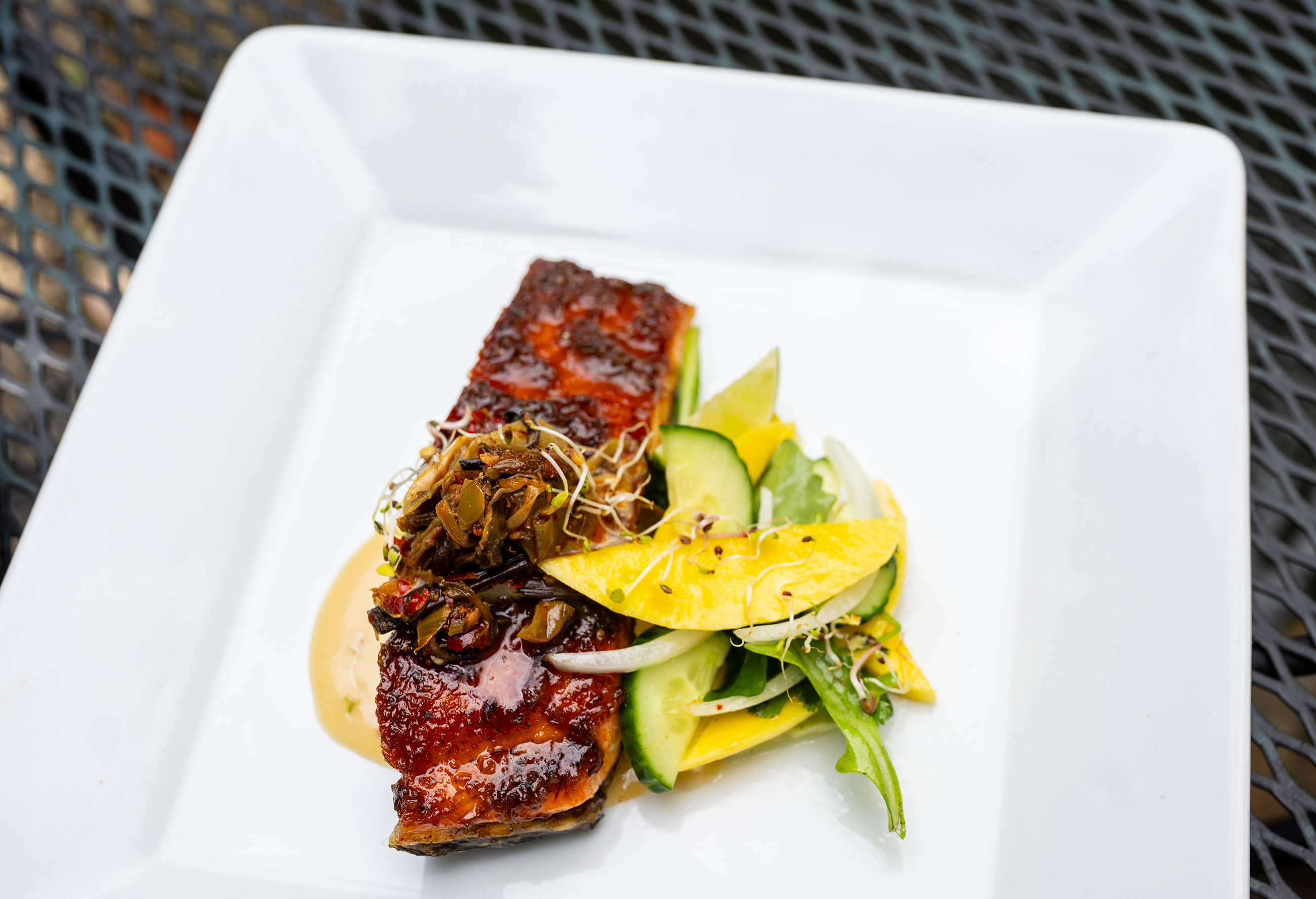
The South Side has also witnessed the rise of craft beer in Pittsburgh, with Fat Head’s and Carson Street Deli leading the charge, celebrating quality brews at a time when mass-produced lagers dominated the market. Spirits lovers will find delight at Acacia, one Pittsburgh’s essential craft cocktail bars.
Put all that together, and you’ll find a neighborhood that long has thrived amid its complexities, capturing the dynamism of a city landscape, where progress intertwines with tradition.
‘These things go in cycles and I think the South Side is due for a jolt.” says Krawiec.
Indeed, the proprietors of all seven of our Essential South Side Restaurants believe they operate in a resilient community that weathers the storms of change.
“The South Side is always going to prevail,” says Salem.
These are their stories, and a guide to what you should eat at their restaurants.
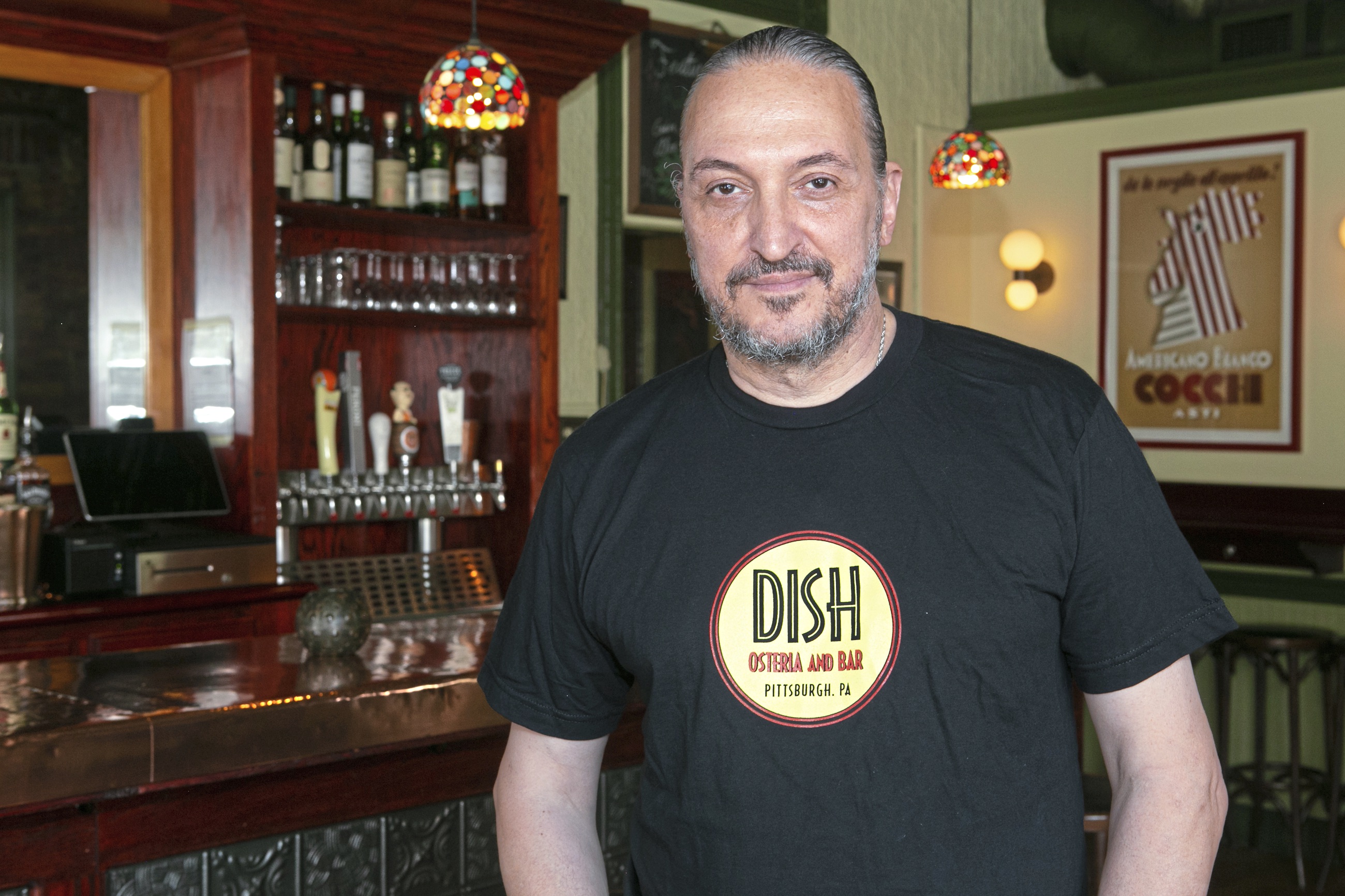
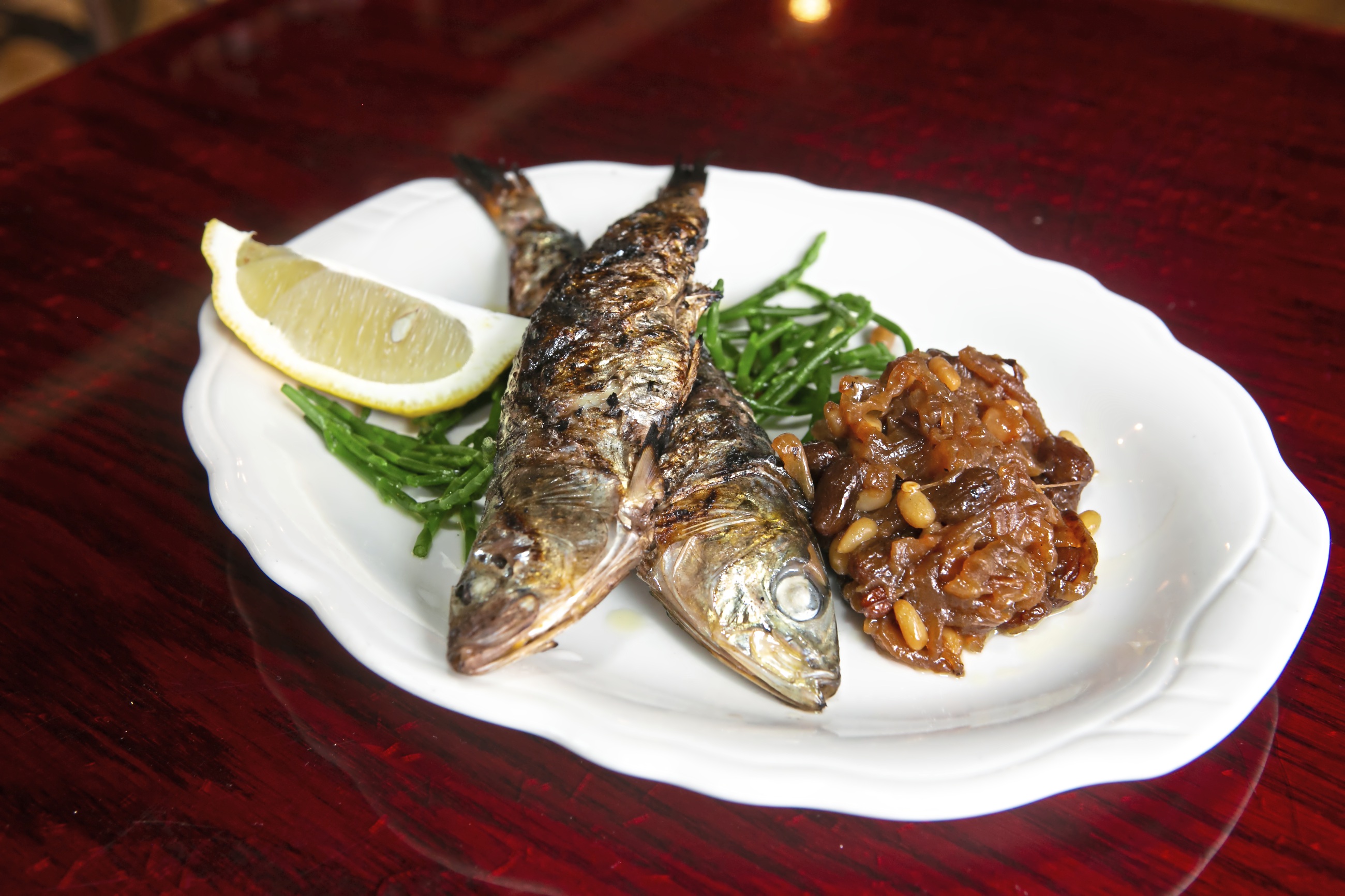
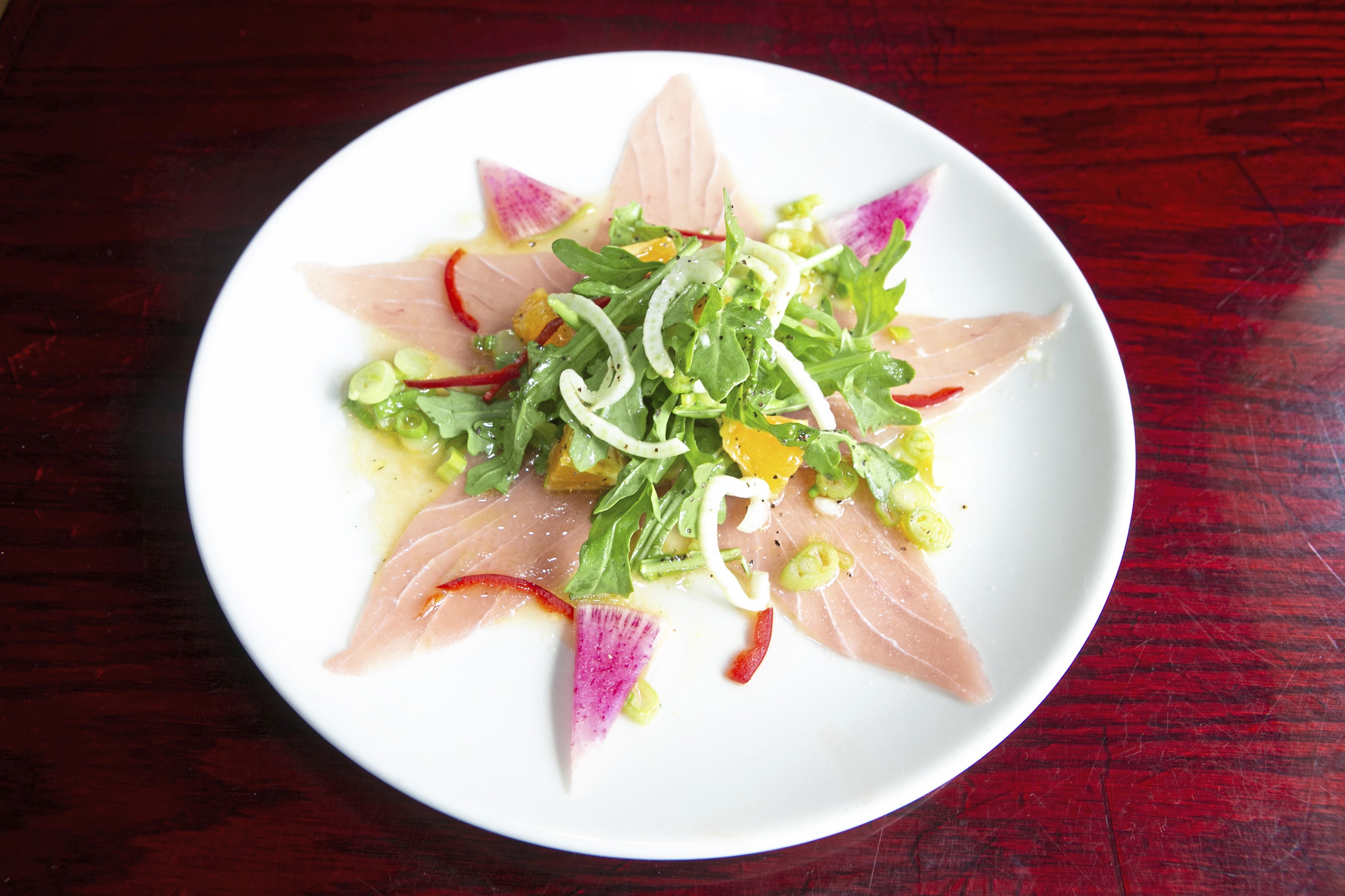



“Dish is a dream, an escape, a party, one that never seems to alter,” wrote former Post-Gazette dining critic China Millman when she reviewed the establishment in 2008.
That statement remains true today, though part of the magic of Dish Osteria and Bar is that owners Michele and Cindy Savoia make changes so subtle you wouldn’t notice them along the way.
The Savoias are the fourth long-term occupants of the two-room restaurant and bar a couple blocks off the main drag, in a building packed with history. It started as Fisher Saloon in 1885, in 1928 became Wilson’s, and from 1946 until the Savoias purchased the building in the final days of 1999, was the beloved Irish pub McCann’s.
“Time passes, and all of a sudden, it’s 23 years that we’re here,” says Michele Savoia. “It wasn’t meant to be a restaurant in the beginning. It evolved with the crowds that started coming here.”
Dish’s long copper bar attracts a bevy of regulars, many who live or lived in the neighborhood and have been there from the start, as well as a slew of newer eaters who’ve recently picked up on the notion that the establishment is the best spot in town for southern Italian cuisine. It’s also a spot where you can still get a late-ish bite; the kitchen is open until 10:30 p.m.
Michele Savoia, the chef, grew up in Sicily (his brother, Andrea, is an engaging front-of-house presence). He and 20-year sous-chef Mark Langdon offer a menu that sticks to the Italian ideal of selecting great ingredients and doing just enough in the kitchen to help them shine.
“There were only a few sources for local products when we started and now it’s like heaven. I can get things delivered, I can go to the farmers markets,” Savoia says, singling out Coldco Farm, be.wild.er Farm and Who Cooks For You Farm as some of his regular purveyors.
Although most of Dish’s evolution has been subtle, there were significant milestones along the way. The Savoias came back with renewed energy and a step up in food when the restaurant reopened in 2019 following a two-year sabbatical, and a new wine list with a focus on Italian and natural wines. They added an online reservation system in 2021 after the restaurant was closed for more than a year during the COVID-19 pandemic.
“We try to do the best we can to help people get a table. Since the reopening and since the implementation of the reservation system in the computer, I see that people who are more tech savvy have a little advantage over people that are not used to it,” Savoia says. “We try to encourage people who can’t find a reservation to know that we keep some walk-in tables open and we juggle between getting in touch with the people we know who love to come here and the new people.”
The order: If I were in Pittsburgh for just one meal, I would go to Dish and order rigatoni alla scamorza affumicata. “The rigzzzz,” as my friends and I like to call them, is an utterly satisfying bowl of al dente rigatoni, smoked scamorza (a mozzarella-adjacent cheese), prosciutto di Parma, peas and roasted pistachios in Parmigiano Reggiano cream sauce topped with black pepper.
I’m getting ahead of myself.
Savoia’s menu blends long-standing staples and hyper-seasonal specials. What I love about this is that it’s easy to satisfy what will become your own craving and then top it off with whatever is the peak of the season that week.
I’d start a meal with some seafood. If offered, go for the grilled sardines, fresh as can be, grilled to a slight char and served with sliced lemons. I’d add an order of tuna carpaccio — its dressing changes (right now it’s citrus-scallion tangerine olive oil, Moscatel vinegar, watercress, oranges, fennel, Fresno peppers and watermelon radishes) and it’s always extra-delicious.
Savoia’s seasonal soups are always worth ordering. That might mean ramp and nettle soup in spring or a heartwarming bowl of clams in saffron-tomato broth in early summer. Whatever it is that day, it’ll be a treat. Then order another pasta dish and a main or two, such as grilled quail.
The bar program at Dish is one of the best in Pittsburgh (sometimes I’ll go for an aperitivo and a plate of sardines) with some of the most hospitality-focused bartenders in town. Order a classic cocktail or a spin, explore the deep amari and mezcal lists, or order from the wine program.
128 S. 17th St.; dishosteria.com
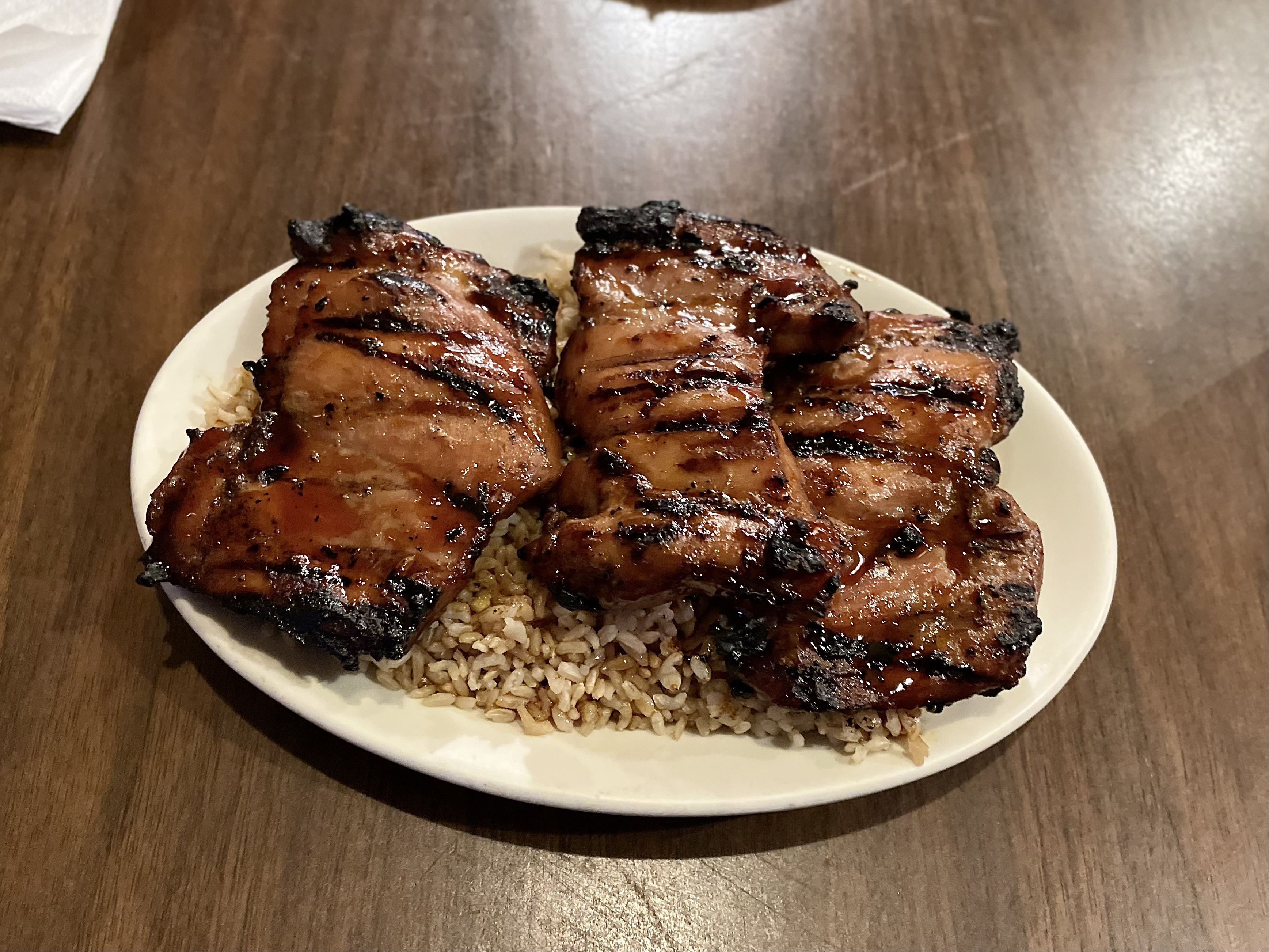
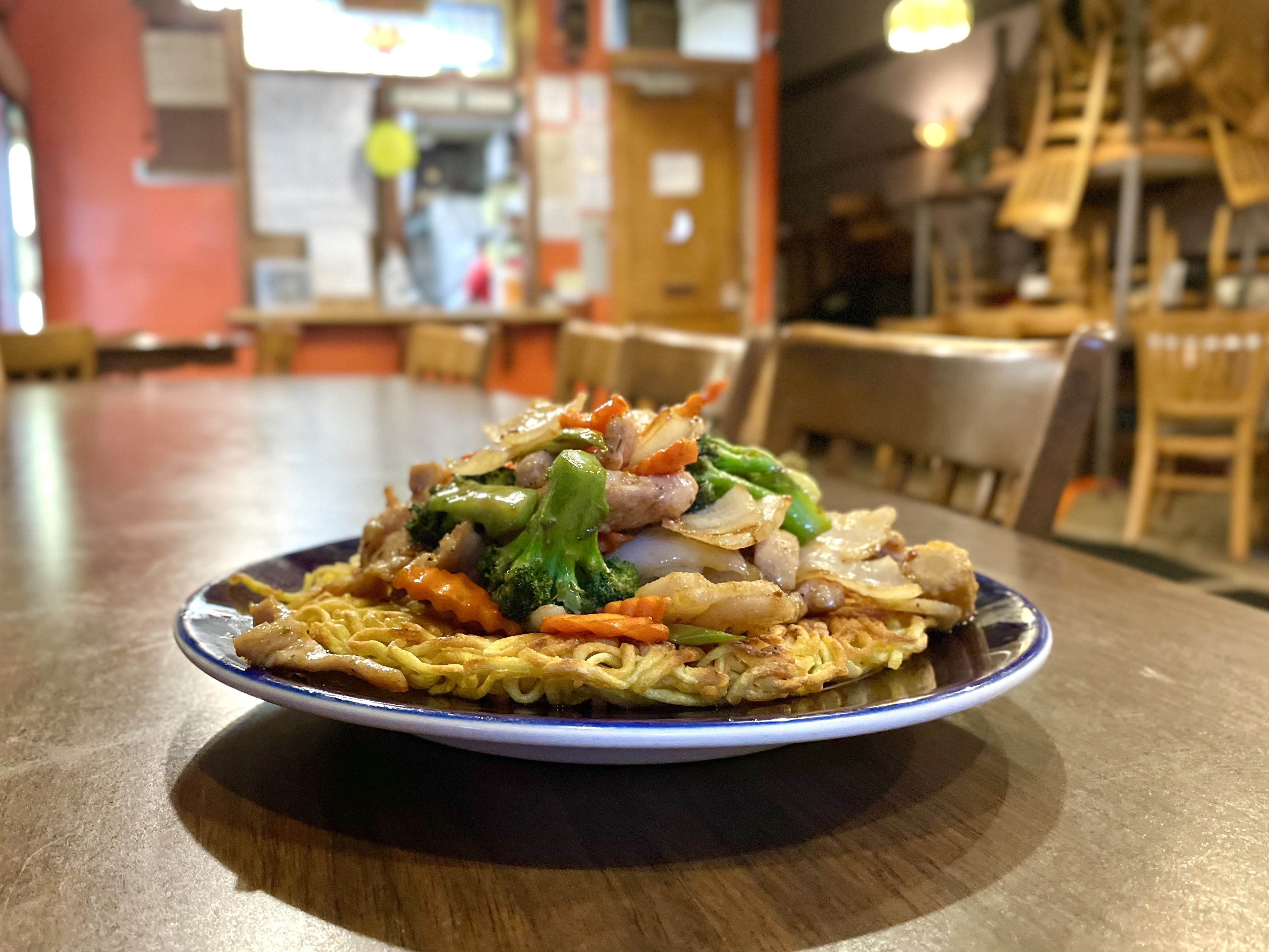
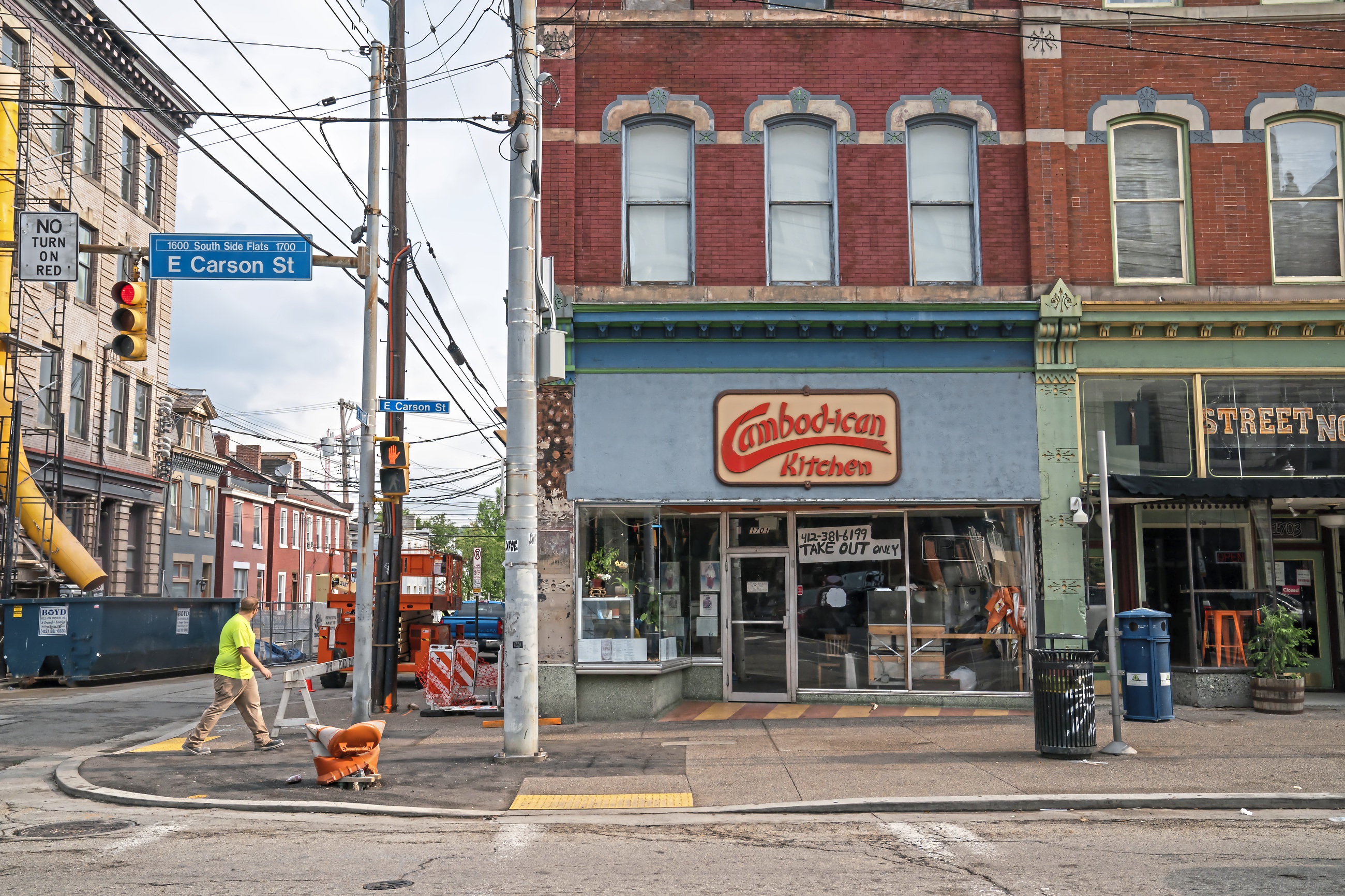
It’s generous to say that Pittsburgh isn’t a great place for late, or even late-ish, eats. Praise, then, to the McSwiggin family, owners of Cambod-Ican Kitchen Restaurant, who keep their easy-to-love restaurant open until at least 2 a.m. on weeknights (except Mondays) and 3 a.m. on weekends.
Dan and Moeun McSwiggin kicked off their venture in 1993 by serving grilled chicken skewers, kebabs and other street food delights from a humble aluminum box truck permanently parked in an East Carson Street lot. They’d initially considered a spot in the bustling Strip District, then decided to carve out their niche elsewhere.
“You want to find an area, conquer it, and make it your own. So we came down here,” Dan McSwiggin says. “I guess it worked. We’d get lines that would stretch the width of our lot and go in front of Nick’s Fat City.”
The McSwiggins purchased a nearby building in 2003 and, following a few years of legal dispute with the previous tenant, opened the current location of Cambod-Ican in 2006. They decided to keep the same hours as the food truck.
“That became our identity. People liked that we stayed open after the bars closed,” McSwiggin says.
The menu leans into Cambodian street food as well as stir-fried and curry dishes from Thai, Chinese and Vietnamese culinary traditions. The recipes are rooted in Moeun’s family heritage and have expanded since its food truck days to include a broader range of offerings. In the first year of the restaurant, they even added French cuisine and some Italian dishes prepared by a family friend, but those dishes didn’t quite fit with the Cambodian-focused menu or the late-night hours.
Plates come heaping with food, and the prices are affordable. Yet, at the same time, thanks to a mix of heavy mise-en-place prep and a la minute cooking, what they’re pumping out of the kitchen is much better than it needs to be for food served deep into the night. Indeed, Cambod-Ican is also a terrific casual dinner destination.
Walking into the restaurant, you’ll notice a slightly chaotic yet lively, ambience, especially during the late-night hours. The walls and menu are adorned with a plethora of signage, though some helpful tips manage to stand out, such as the explicit request to inform the staff of any food allergies. And let’s not forget the novelty giant Styrofoam cups, a rare find these days.
Cambod-Ican has evolved into a deeper family business over the years, with multiple generations working together in the kitchen. Alongside family members, a few non-family employees lend a hand, too.
“We even have a 5-year-old grandson in here now,” says McSwiggin. “I always say I fully expect him to write a tell-all book called ‘Growing Up in Cambod-Ican’ 20 years from now. This is a place with a lot of stories in those walls.”
The order: Crispy noodles are a must-get and may become the source of obsession. The noodles dance crispy and chewy simultaneously, lapping up the high-umami sauce. Served with an abundance of tender-crisp vegetables and the option to select your protein of choice, this dish provides a well-balanced and satisfying meal that’s a real post-revelry (or anytime) treat.
Cambod-Ican’s “world-famous” chicken-on-a-stick hearkens back to the restaurant’s street food days. The generous portions highlight boneless chicken thighs, marinated and grilled to a satisfying blend of juicy meat and charred edges. Plus, there are no worries about any actual sticks getting in the way, a thoughtful detail for a restaurant catering to late-night diners. It comes with the McSwiggins’ celebrated Moon sauce, a delightful accompaniment that adds an extra blast of pow-wow to the dish.
While you’re there, explore their selection of other grilled kabob options. Popular long-standing dishes include excellent fried wontons (with seafood or beef) and shrimp rolls.
If you’re in the mood for aromatic flavors, go for the curried vegetable bowl. This dish offers a gentle heat balanced by delightful coconut undertones. Once again, the vegetables are cooked tender-crisp, retaining their crunch and adding a refreshing element to the bowl. Feel free to add your preferred protein for an extra boost.
Alternatively, indulge in kuyteav, a noodle soup similar to Vietnamese pho. It’s traditionally served as a breakfast food in Cambodia — and we all know breakfast food is a great way to end a long night.
1701 E. Carson St.; cambodicankitchen.com



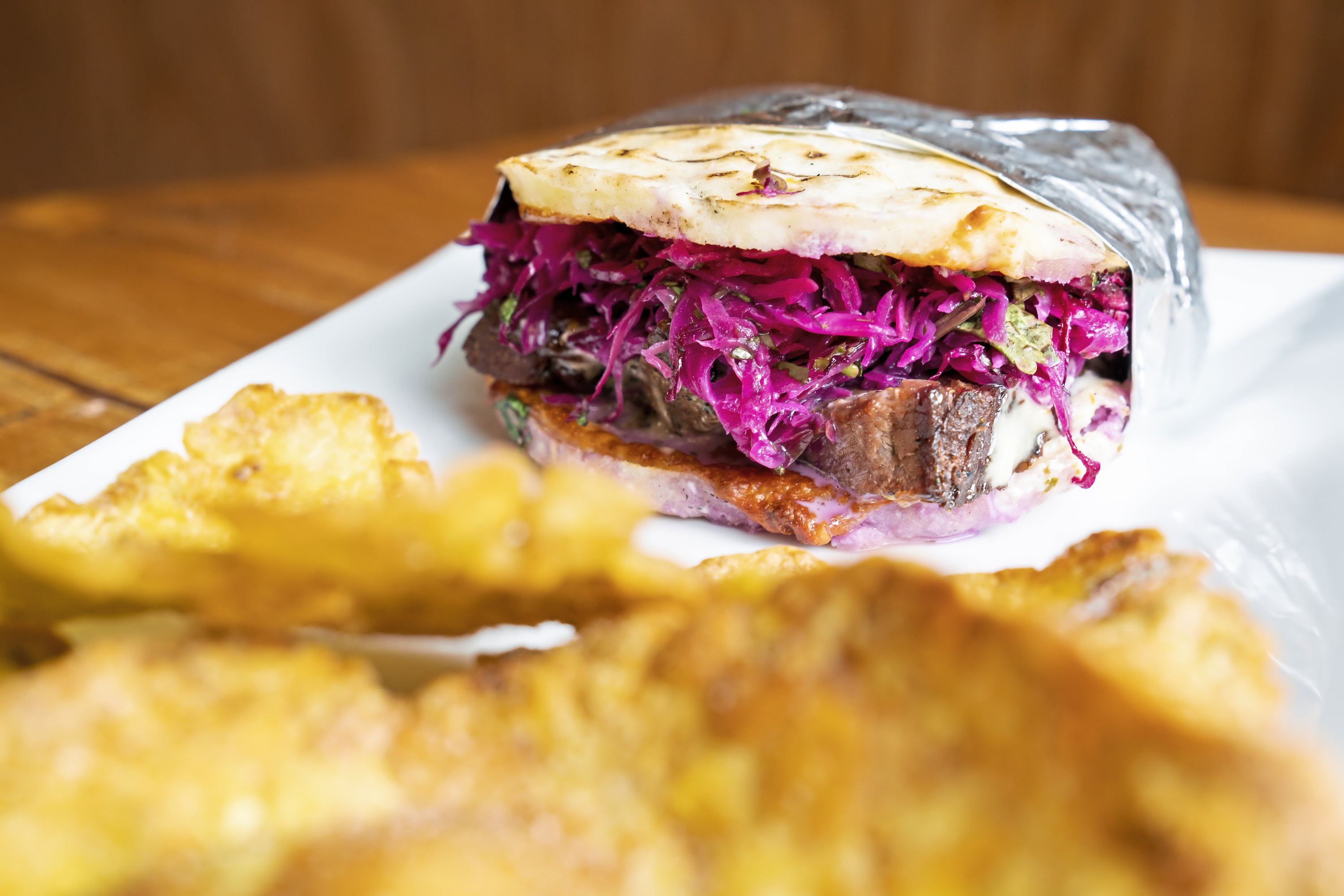
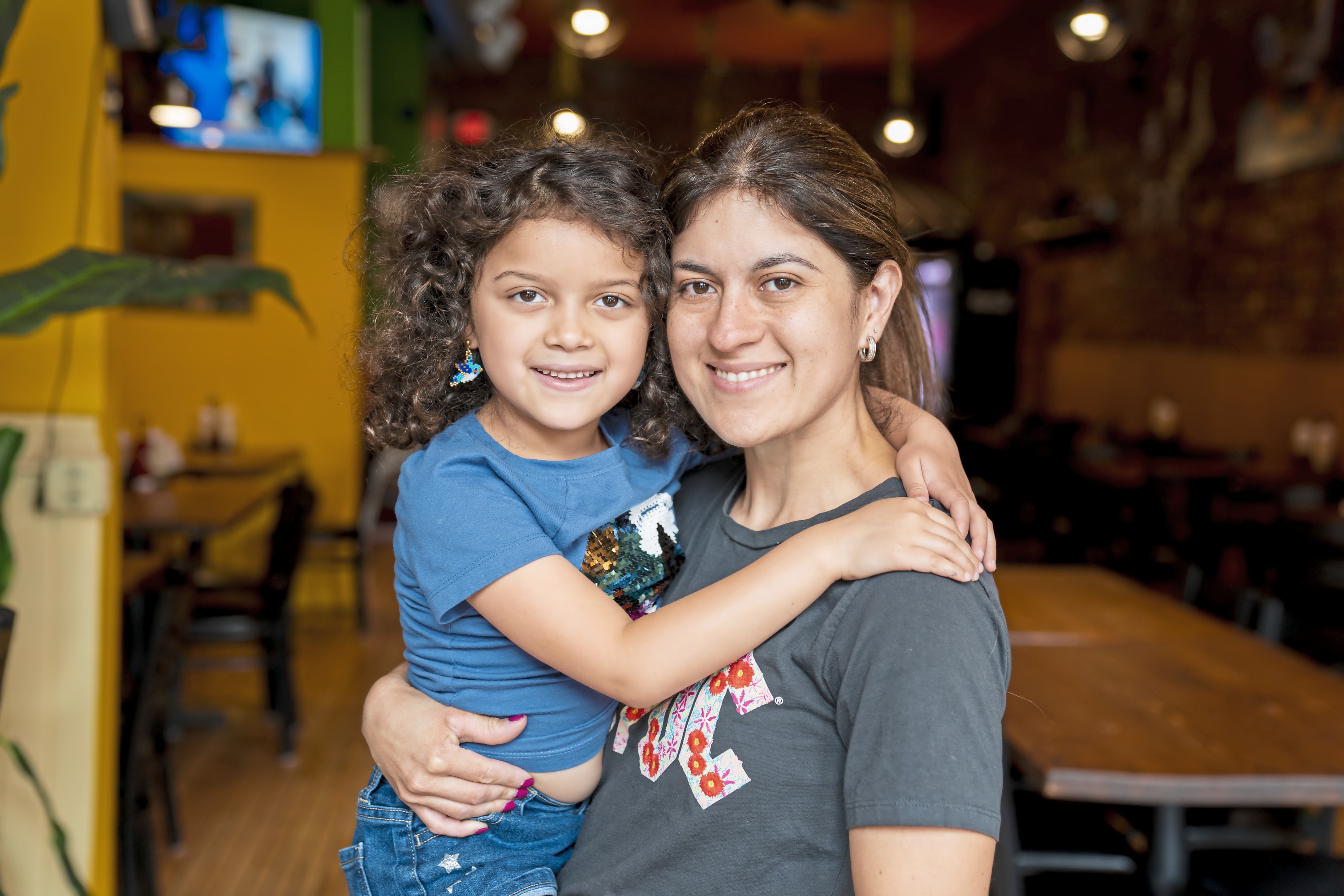
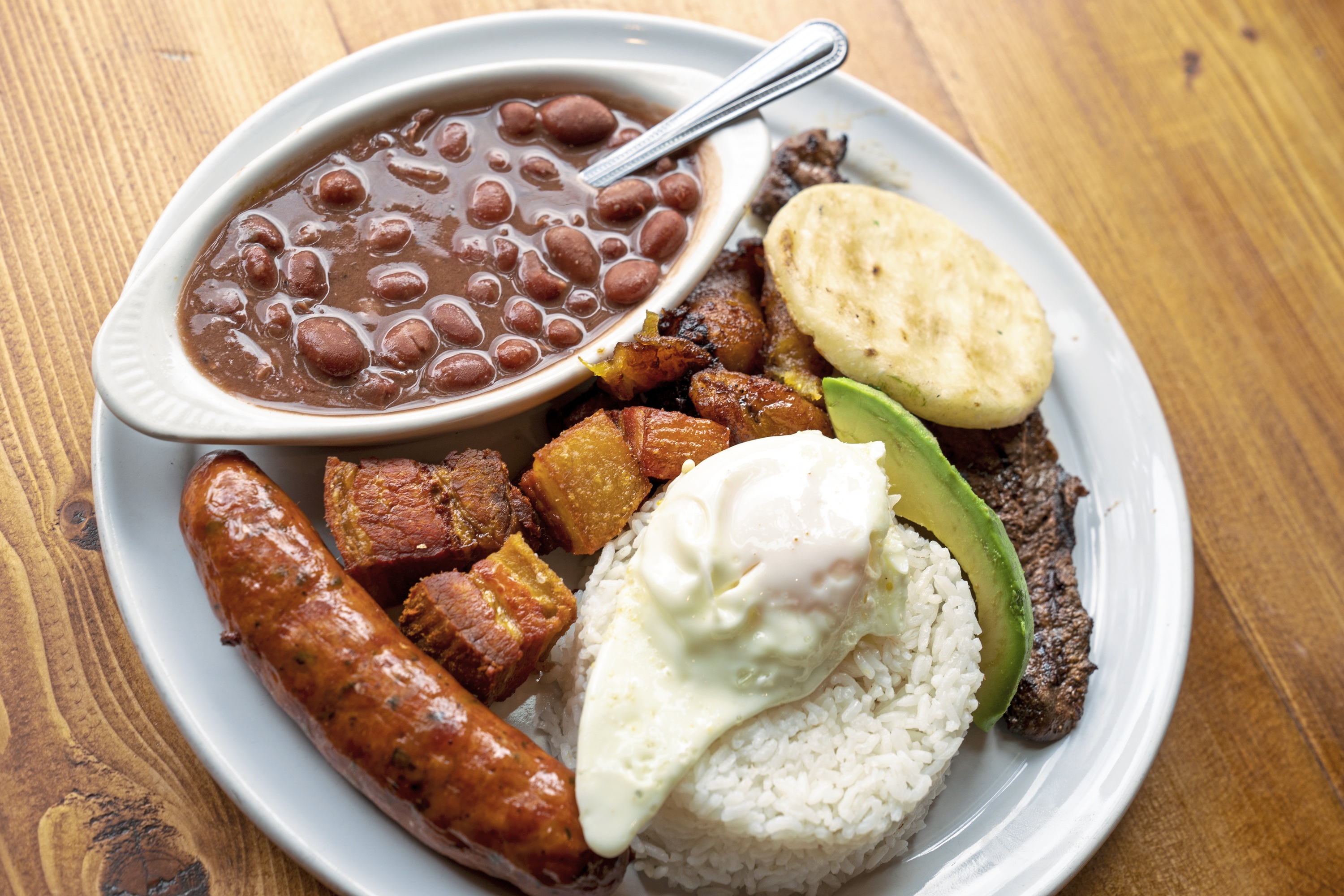
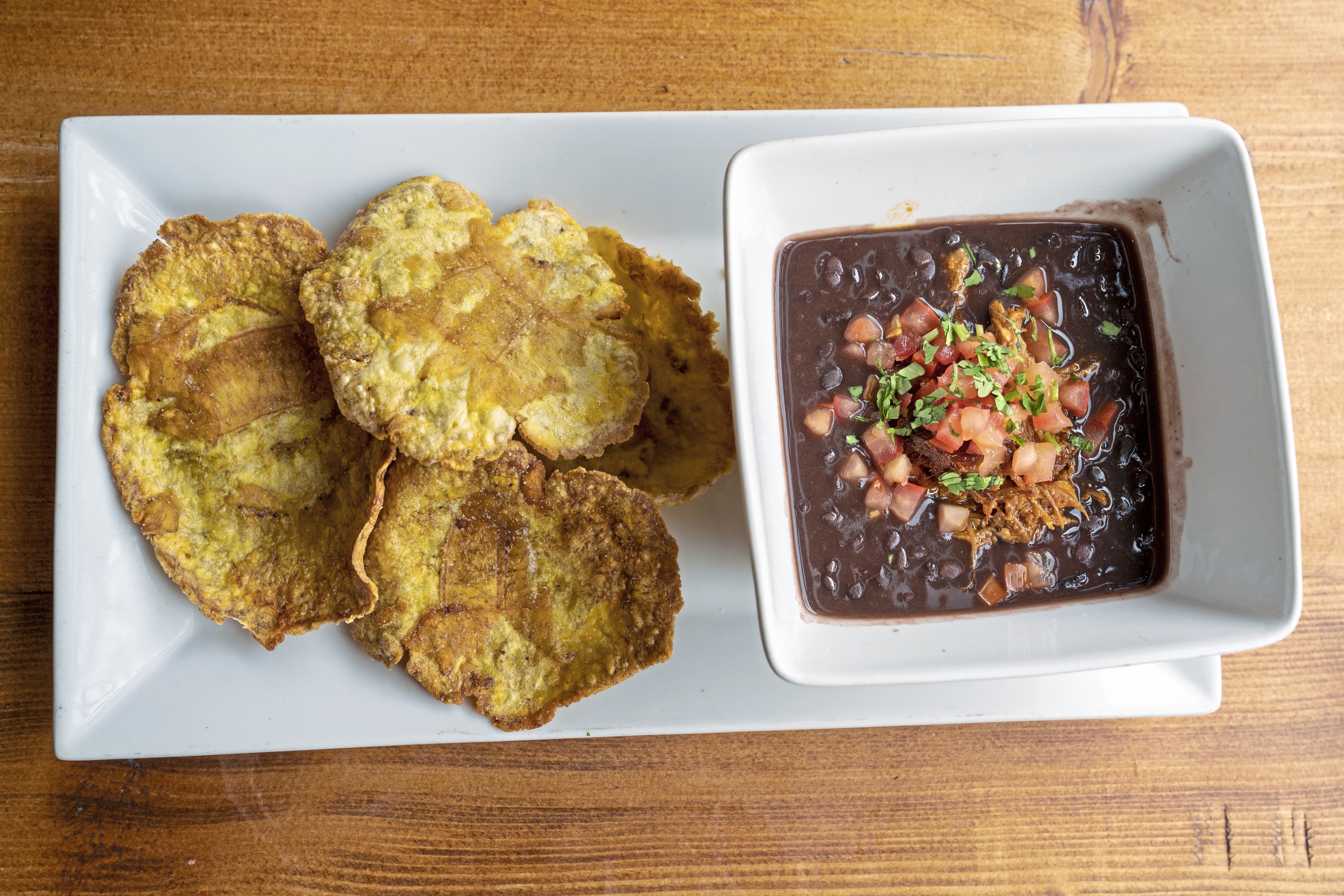



There haven’t been a lot of places to dig into South and Central American cuisine in Pittsburgh. While the options have expanded recently, Karen Perdomo helped change the narrative in 2015 when she opened The Colombian Spot as a stall at the Pittsburgh Public Market, offering a taste of Colombia, where she spent her childhood and teenage years.
“There was a lack of multicultural food options in Pittsburgh, so we wanted to open something new and different,” Perdomo says.
In 2017, she relocated the restaurant to her current South Side location after the Strip District market closed. In 2021, she expanded by opening a second spot in Oakland.
“All Latin American cuisines are very distinct,” she says.
Colombian cuisine, for example, draws from indigenous, Afro-Caribbean and European foodways, offering a mix of dishes ranging from corn-forward arepas to giant mixed-meat platters.
The high-energy establishment, with walls decorated with artwork from Colombia, is a lot of fun. Plus, it’s a place where you can get a big meal at a reasonable price.
There’s a lot of attention to detail in how the food is prepared at The Colombian Spot. And nothing is left lingering all day to wilt in a warming tray. Dishes are made to order, and it shows.
“People appreciate that everything is homemade. We pride ourselves on our artisanal process,” Perdomo says.
The order: The restaurant’s fairly expansive menu offers a mix of Colombian homestyle and street food.
For a broad introduction to Colombian cuisine, opt for the bandeja Paisa. This hearty platter provides a delightful mix of flavors and textures, including ultra-tender, thin-cut grilled top sirloin steak, spice-forward Colombian chorizo, crispy fried pork belly, maduros (ripe plantains), avocado, a fried egg, well-seasoned Colombian red beans, white rice and a small grilled arepa.
As tasty as everything is on that plate, the maduros, with their sweet and soft texture and a touch of caramelization on the edges, come close to stealing the spotlight. The Colombian Spot’s abundant use of plantains, which sees them go through three 50-pound cases per week, brings a delightful continuity to the menu.
I find the Colombian Spot’s pernil con tostones equally enticing. Here, twice-fried green plantains take on a more savory application, crispy on the outside and starchy inside. Pernil, roasted pork shoulder, is luscious and pops with a garlicky bite. And the scratch-made beans served with the dish are fork-tender. Assemble a perfect bite with all of the components topped with one of three fabulous house-made sauces.
There’s green garlic sauce with cilantro; pink ketchup and parsley; and the spicy aji sauce with tomatoes, cilantro, onions and a generous splash of vinegar.
Arepas are a signature of Colombian cuisine, and, again, scratch cooking is at the forefront here. Hominy corn is soaked, boiled and grown to make tasty packages. Go for BriskArepa, the smoked brisket arepa. The meat has a nice bit of smoke, tender but still with enough texture that it’s not gummy.
The Colombian Spot has a full liquor license, but this is a place to eat where you can get a drink rather than a place to drink that also happens to serve food. There’s also a selection of refreshing juices such as guava, maracuya (passion fruit) and mango prepared in-house with fruit pulp imported from Colombia for those who want something booze-free.
2019 E Carson St.; thecolombianspot-pgh.com

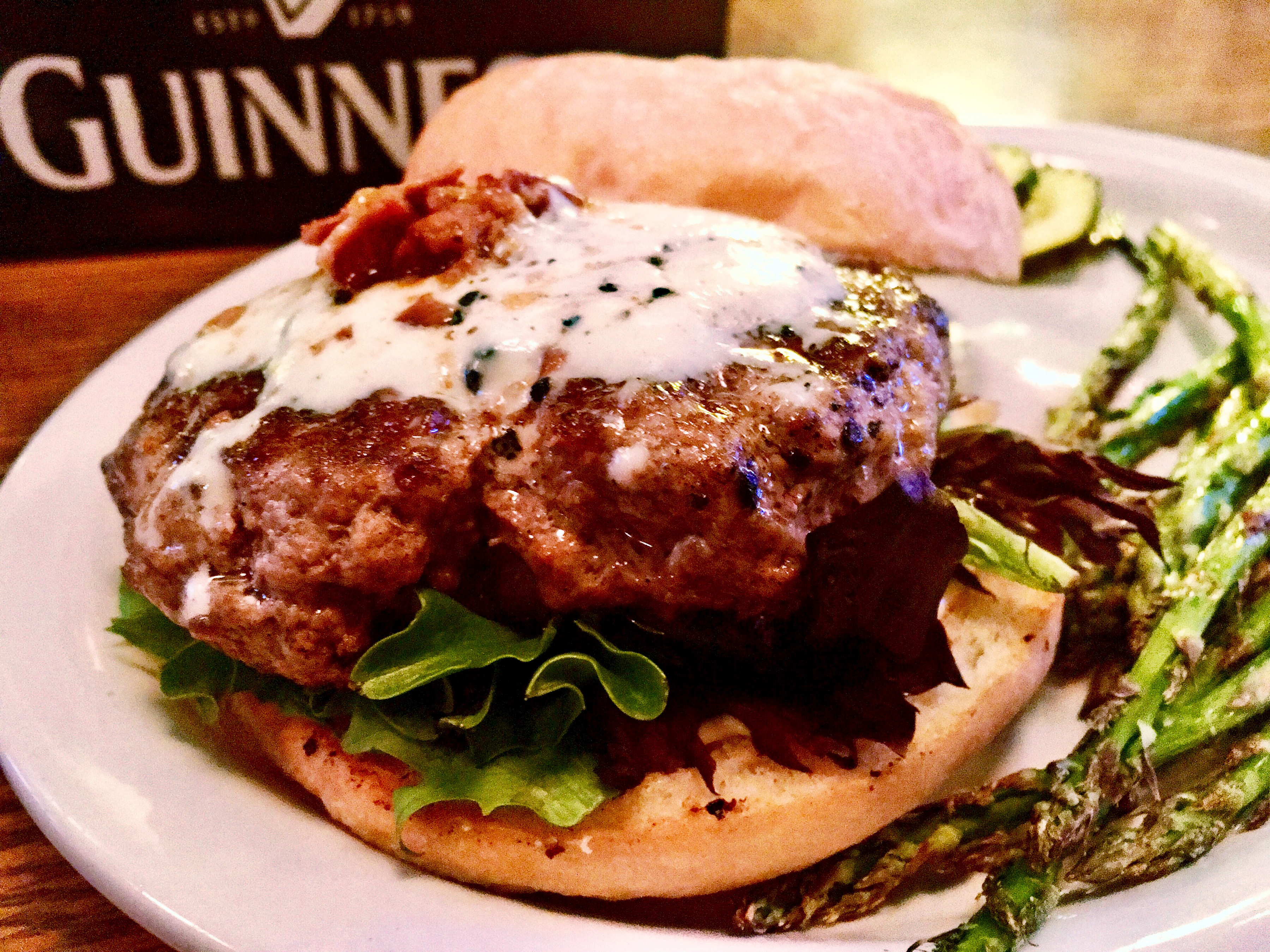
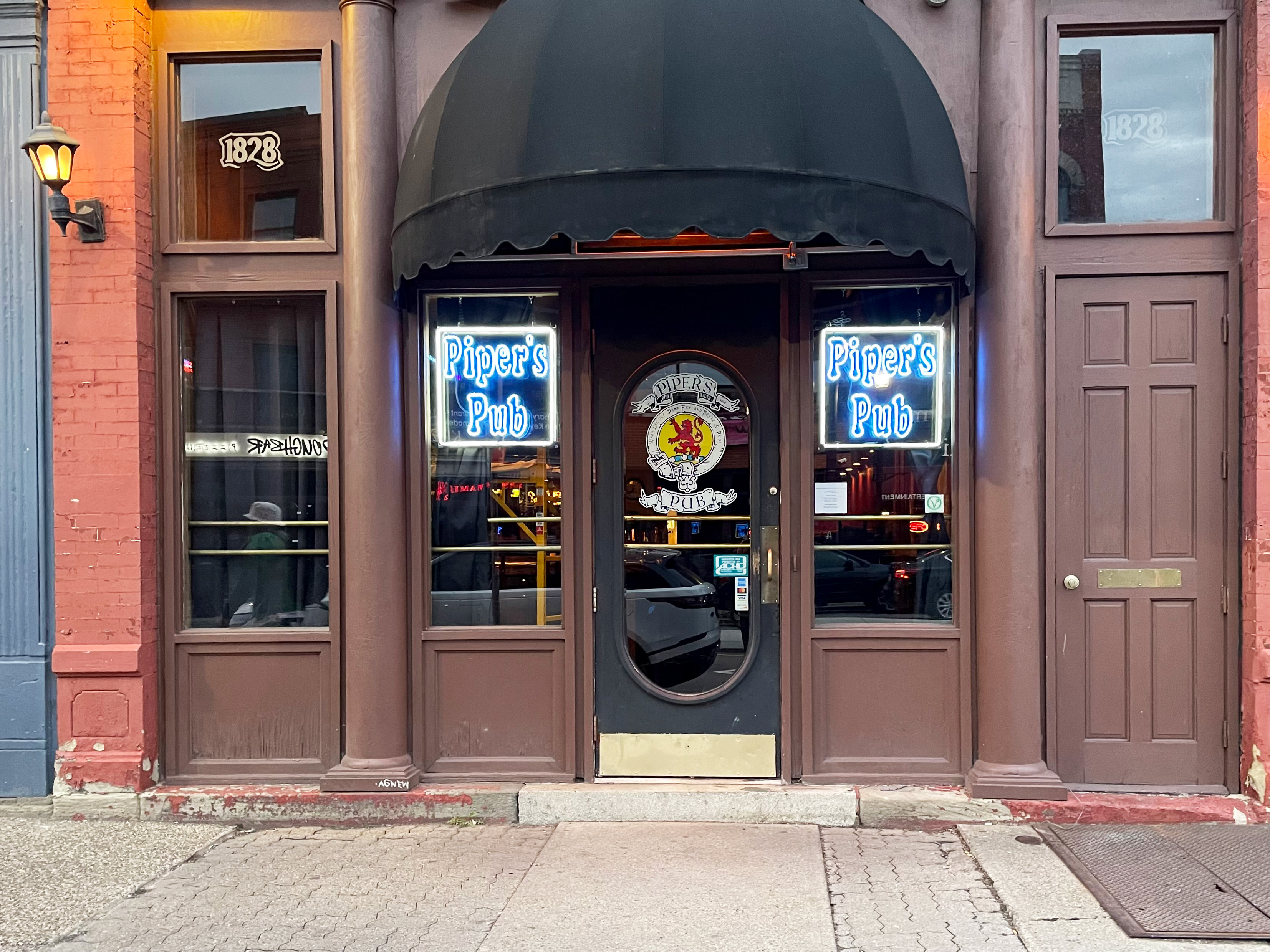
Few Pittsburgh gastropubs are more iconic than Piper’s Pub, opened by Drew Topping in 1999. Long before it became trendy, Topping began serving an impressive selection of craft beer and a meticulously curated assortment of Scotch whisky (as well as other whiskies). The establishment became integral to the city’s bar and restaurant culture by drawing a crowd of thirsty imbibers, hungry patrons and fervent soccer enthusiasts.
For several years, it also was one of its most missed: Piper’s was one of the last major Pittsburgh spaces to make a triumphant return following the challenges of the COVID-19 pandemic. It cemented its status as a neighborhood essential when it reopened in April.
At Piper’s, soccer is known as football, and the passion for the beautiful game is palpable whenever one is screening, which is often. The pub broadcasts live matches from the English Football League, Champions League and other riveting competitions throughout the week. Stay updated on the schedule by checking the pub’s website.
When it comes to service, Piper’s delivers precisely what you’d expect from a neighborhood pub. The staff is friendly, efficient and likely to remember you after a few visits, joining the cadre of loyal regulars. The spacious interior can accommodate large groups, and the long wooden bar is a real show-stopper.
Topping opened The Pub Chip Shop next door to Piper’s in 2013. His take on a Scottish chippery is one of Pittsburgh’s top street food destinations (some seating is available, but it caters primarily to the to-go crowd).
The order: Topping was still ramping up the Piper’s Pub menu as of press time, but many of the establishment’s favorite dishes are slowly returning. Cottage pie, a braised beef stew topped with mashed potatoes, is always a good place to start. Vegetarian eaters can go for a shepherd-less pie with lentils and a sweet potato topping. Curry and chips – vindaloo curry with house-made chips (thick-cut fries for us Yankees) — is a fantastic sharable.
Many other dishes at the pub currently come from the Pub Chip Shop menu. Some of our favorites are fish and chips (among the best in Pittsburgh), Scotch eggs and sausage rolls. We’re also big fans of the baps — British-style sandwiches on freshly baked rolls.
The Chip Shop’s boxtys — Irish-style potato pancakes topped with items such as corned beef, vegetables and chicken tikka — are also available for Saturday and Sunday brunch at the pub.
Piper’s beloved Sunday Suppers aren’t back yet. Many of us will be thrilled when they return.
1828 E. Carson St., South Side; piperspub.com



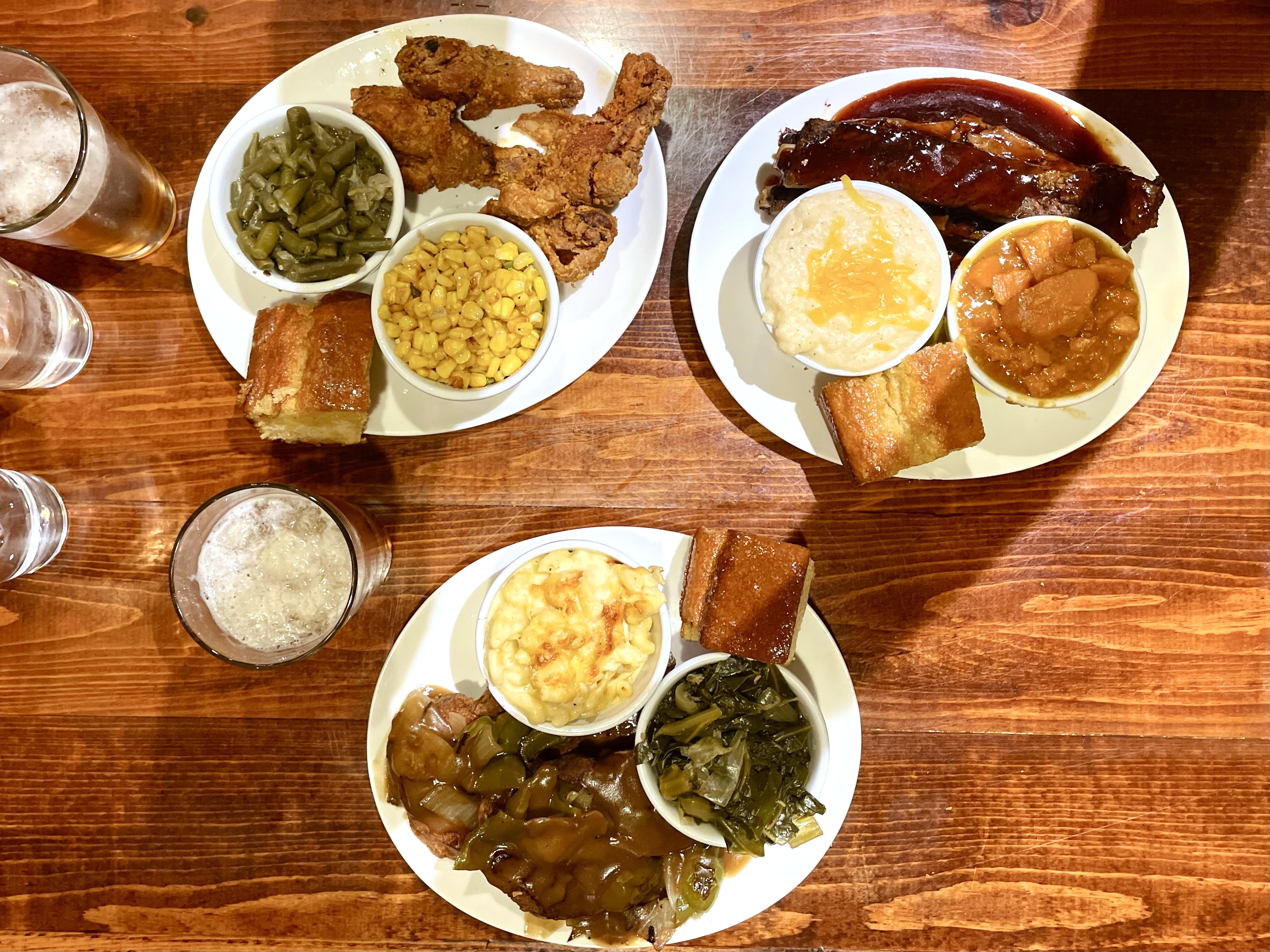
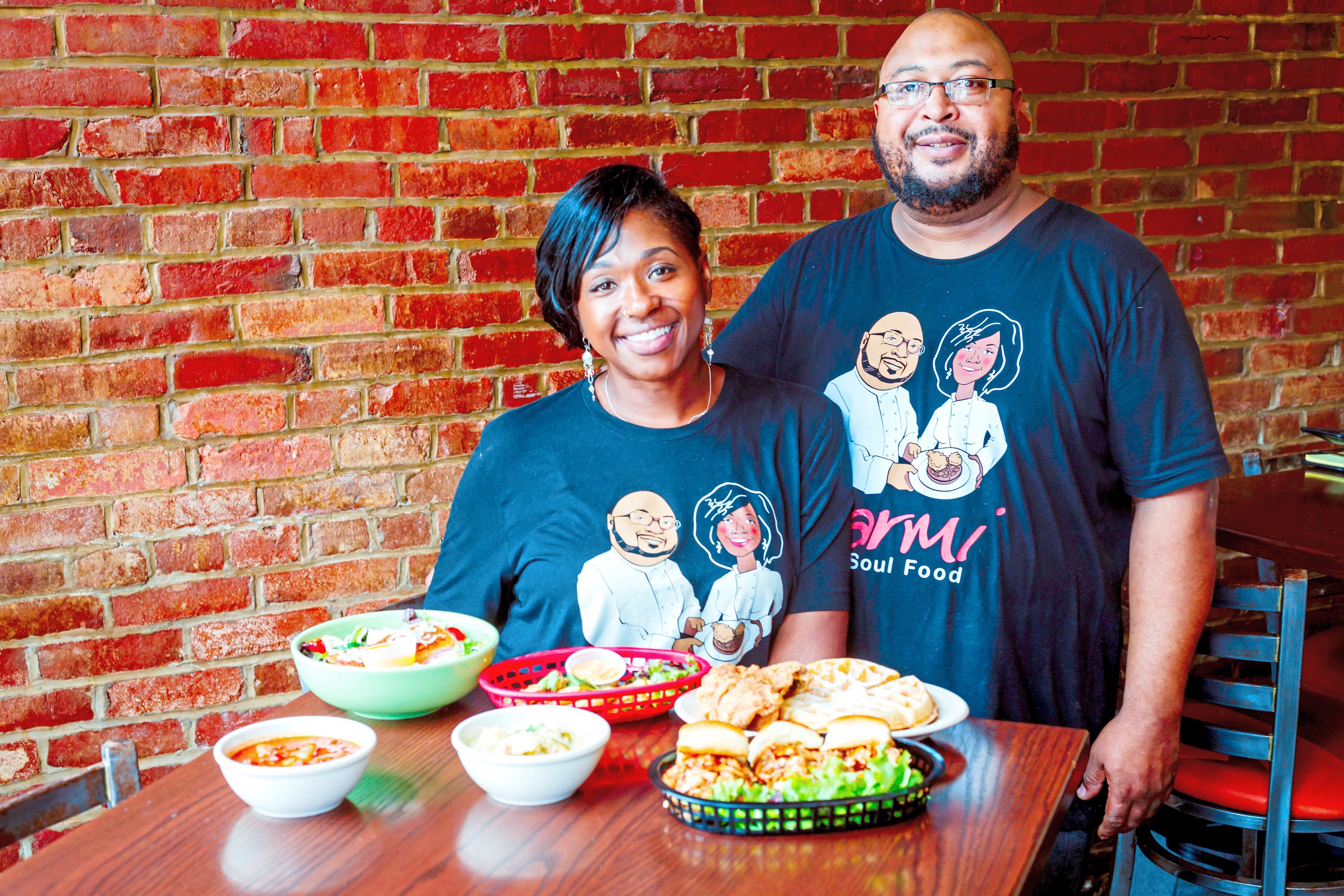
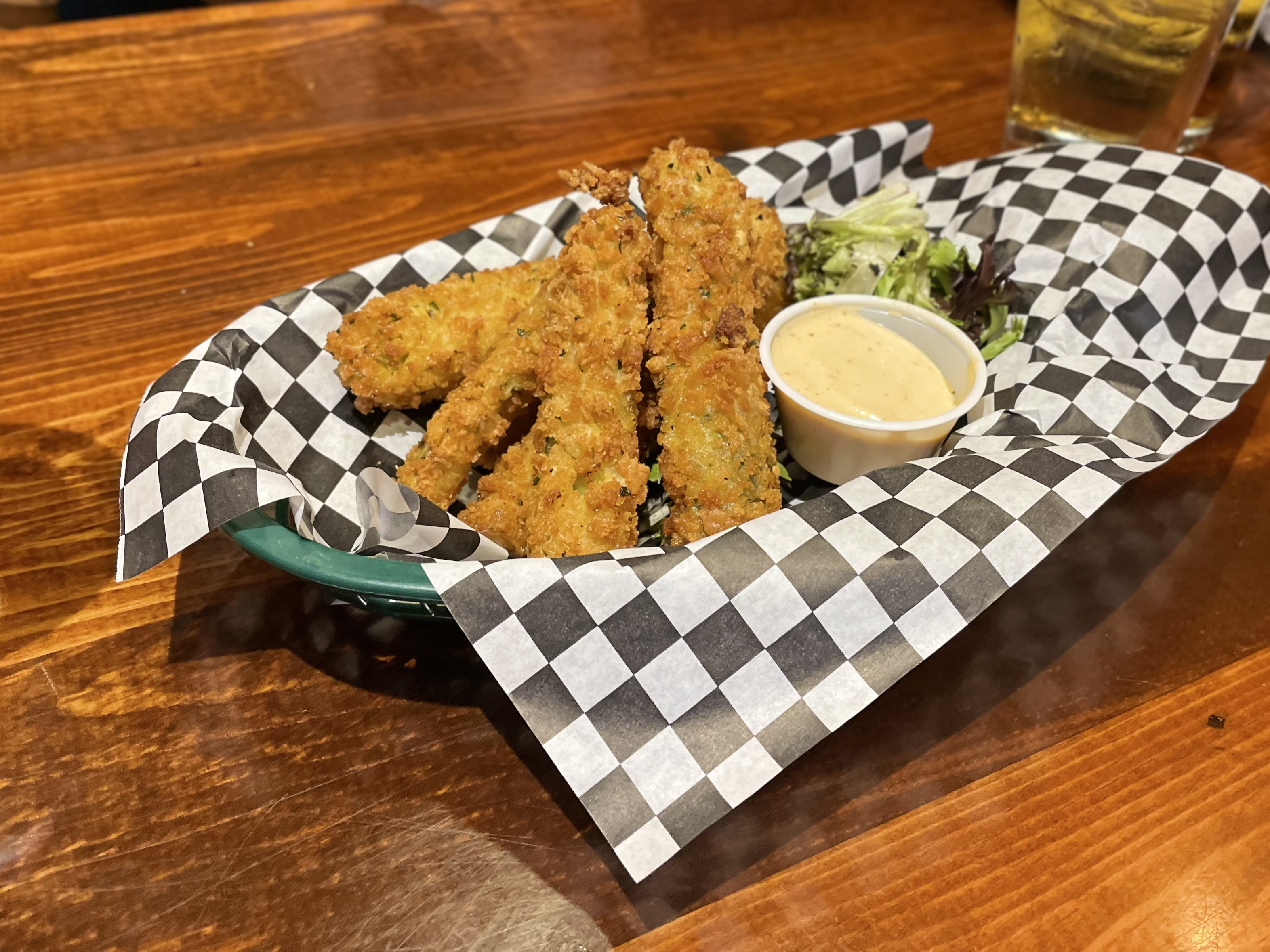



Carmi Soul Food owners Carleen and Michael King built a thriving business from their shared passion for soul food. Although they knew each other in high school, it wasn’t until later in their lives that their relationship and culinary partnership solidified. The duo’s professional foray into the culinary world began as “The Catering Kings” in 2009.
They honed their skills in the catering industry for two years (and still run a robust catering business) prior to venturing into the restaurant scene in 2011 with their maiden establishment in Allegheny West. The name Carmi (pronounced Car-my) is an amalgamation of their first names, and serves as a testament to their joint venture.
When their landlord sold the building in 2016, the Kings decided to relocate their restaurant to the South Side. In 2018, they found a new home within the walls of a historic century-old building on East Carson Street, a move that allowed them to bring their cherished soul food legacy to a fresh locale, further expanding their reach and sharing their passion with a broader audience. (The Kings returned to the North Side in 2020 with Carmi Express.)
The decision carried some risks, as Carleen King told the Post-Gazette following the move. Although what we call soul food comes from centuries of culinary tradition, it’s a historically underrepresented part of Pittsburgh restaurants, particularly in places such as the South Side.
“And then soul food — introducing a whole new kind of food — we even toyed with kind of tweaking the name to ‘Southern’ to alleviate the risk. We kicked the thought around just to make it more universal. But in the end we were like ‘No, this is soul food. This is what we grew up on.’ Growing up, that’s what we called it and we thought we need to stick to that,” King said at the time.
Their gamble paid off, turning Carmi's into a thriving culinary hub in the neighborhood. It’s a bit of an everyday celebration to dine here. The smooth soul, funk and gospel soundtrack, as Carmi’s website touts, features “everything from ‘Mary, Mary’ to Mary J. Blige,” sets a bright mood. Service is informed and, well, fun.
The order: Start with a shared plate of fried pickles, which are beer-battered and crisped to a perfect crunch. They’re a delightfully tangy way to whet your appetite for what’s to come. Other worthy starters from the fryer are the creamy mac and cheese balls and the bright fried green tomatoes.
Carmi’s main courses are thoroughly filling. Smothered pork chops are blanketed with peppers and onions in a vibrant gravy. Smoked pork ribs nearly fall off the bone, and it’s always a blast to get messy with them. To top it all off, the restaurant’s fried chicken ranks among the best in Pittsburgh. It's got a bold and crispy fry on it, with a tender and juicy flavor inside. There's a little bit of spice to it, too.
Carmi’s dinners come with two sides, but you might want to order more because they’re among the best items served at the restaurant. The cheddar cheese grits are excellent. Mac and cheese, yes. Give me another ladle, please, of the mixed heavy greens with collards, cabbage and kale, plus some onions. And the yams, well, they’re just pure magic.
1825 E. Carson St., carmirestaurant.com
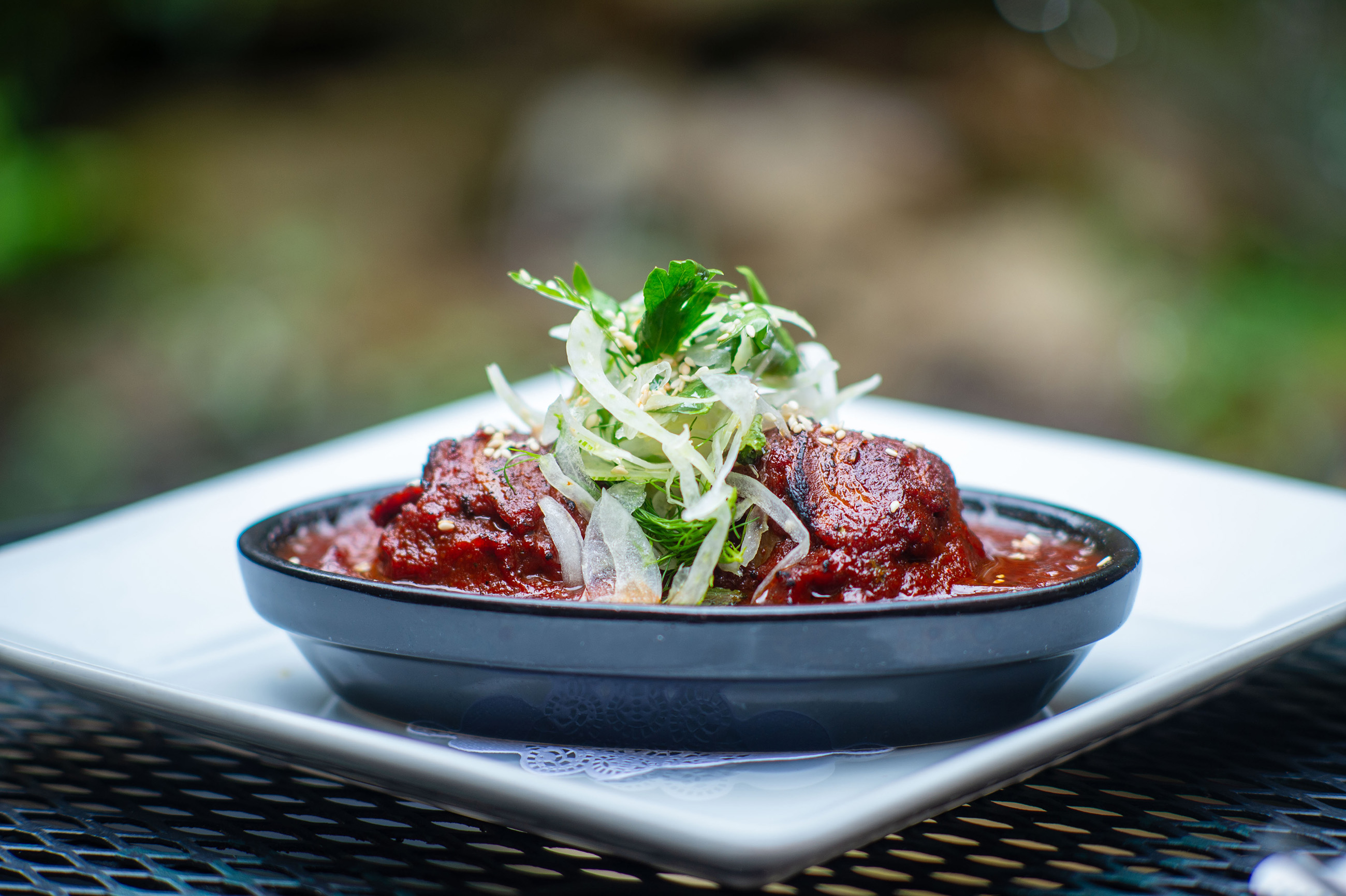
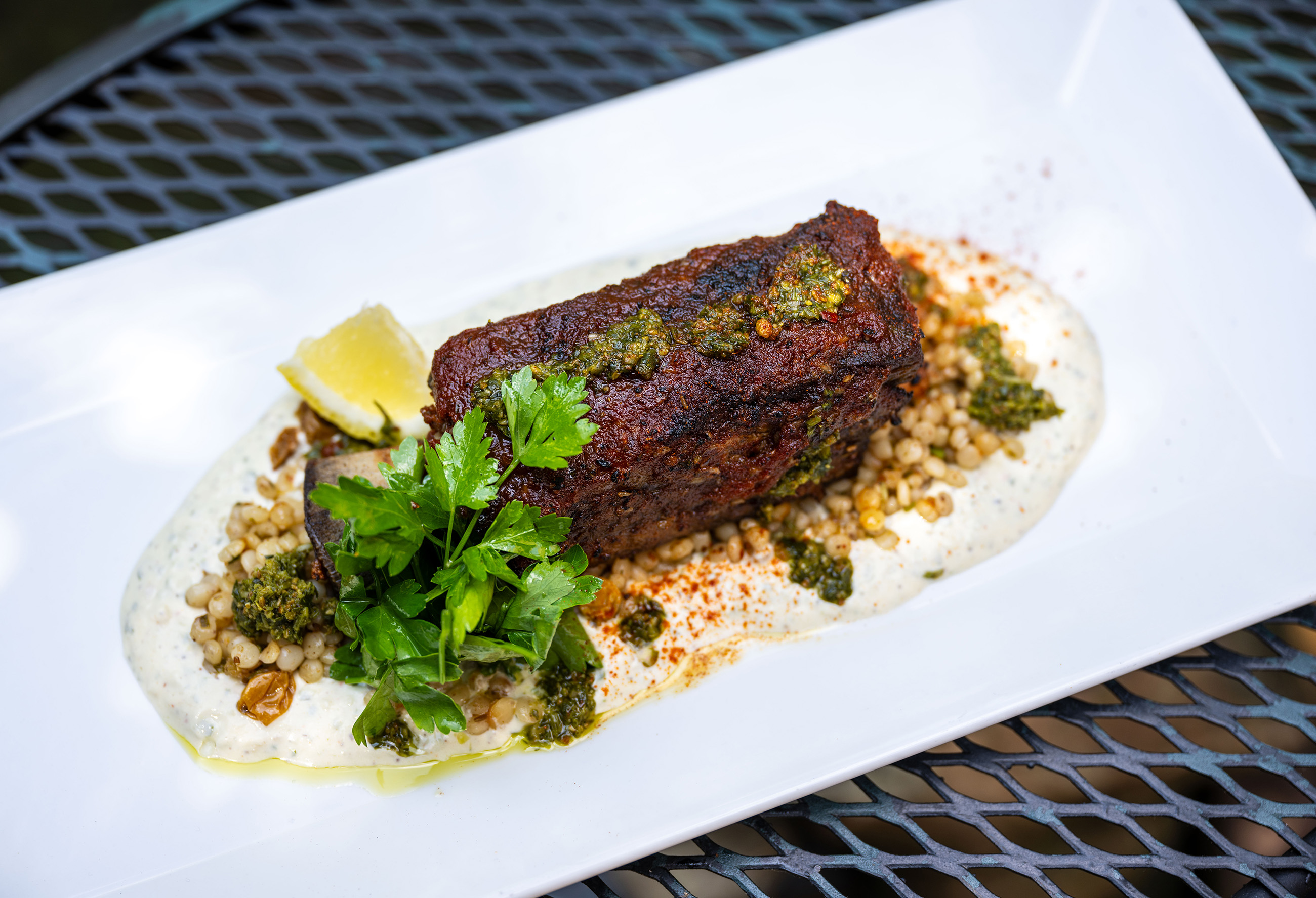

Imagine a restaurant that seems to be off-the-beaten path, yet is smack in the middle of it all. That’s Café Du Jour. While longtime fans know how essential the 22-year-old restaurant is to the neighborhood, this unassuming little bistro nestled at the foot of the bustling party section of East Carson still is a remarkable find to most.
“It’s a little hidden kind of place. It’s something you might just stumble on. Or not. It’s hard to even notice it from the street. It’s always been a word-of-mouth thing,” says chef/owner Paul Krawiec.
Krawiec had just moved to the area in late 2000, and he popped down to the South Side looking for a vegan restaurant that a friend had recommended. Instead, he found Café Du Jour, which had just been opened by James Rich (who later founded Pittsburgh Taco Truck).
Rich needed help in the kitchen, so Krawiec threw on an apron and started working that day. Rich soon departed the restaurant for health reasons, and Krawiec and another chef took over.
“It was one of those serendipitous things where I strolled into the right place at the right time, and the opportunity was there,” he says.
Café du Jour emanates a cozy, romantic ambiance bordering on escapism. With its open kitchen prominently positioned at the front of the establishment, collective energy fills the intimate interior dining room. The restaurant also boasts one of Pittsburgh’s most enchanting outdoor patios, designed in the 1970s to evoke the charm of a hidden New Orleans retreat. The service is genuinely warm and welcoming.
There aren’t many European-style neighborhood bistros left in Pittsburgh, particularly BYOB spots, which makes the continuation of the tradition at Cafe du Jour all the more important.
A couple of things to know before you go: The restaurant’s hours are pretty limited as of press time (3-9 p.m. Thursday, Friday and Saturday), so it’s a good idea to make a reservation. And the establishment is cash only.
The order: Krawiec and sous-chef Christopher Cook offer a seasonally changing menu of dishes that draw primarily from Western European and North African culinary influences, though Krawiec says he lets his curiosity serve as a guidepost more than a specific genre.
“What I can say for certain is that I’m by no means a French restaurant, even though I’ve won a few reader’s choice awards for ‘Best French Restaurant.’ We always get a big chuckle out of that,” he says.
There’s something to please every palate, with options ranging from tender braised beef short ribs served with soft polenta, shaved fennel, onion, parsley, mint and pecorino crème to roasted cauliflower steak accompanied by vegetable ragout, ricotta, almond, dried currant, roasted potato, basil and pecorino.
The restrained menu is organized in classic bistro fashion, with soups, salads, appetizers and entrees, plus a couple of sandwiches just for fun.
A few highlights from an early spring visit were dates stuffed with chorizo that come as big as meatballs, with a distinct journey of sweet to spicy to savory as you eat it. The accompanying flatbread is a flaky treat. Krawiec’s chili-ginger glazed salmon with mango, cucumber, onion, herbs, barley-quinoa grains, preserved mushroom-eggplant and sesame aioli ate like a meal on a resort vacation.
1107 East Carson St.; cafedujourpgh.com


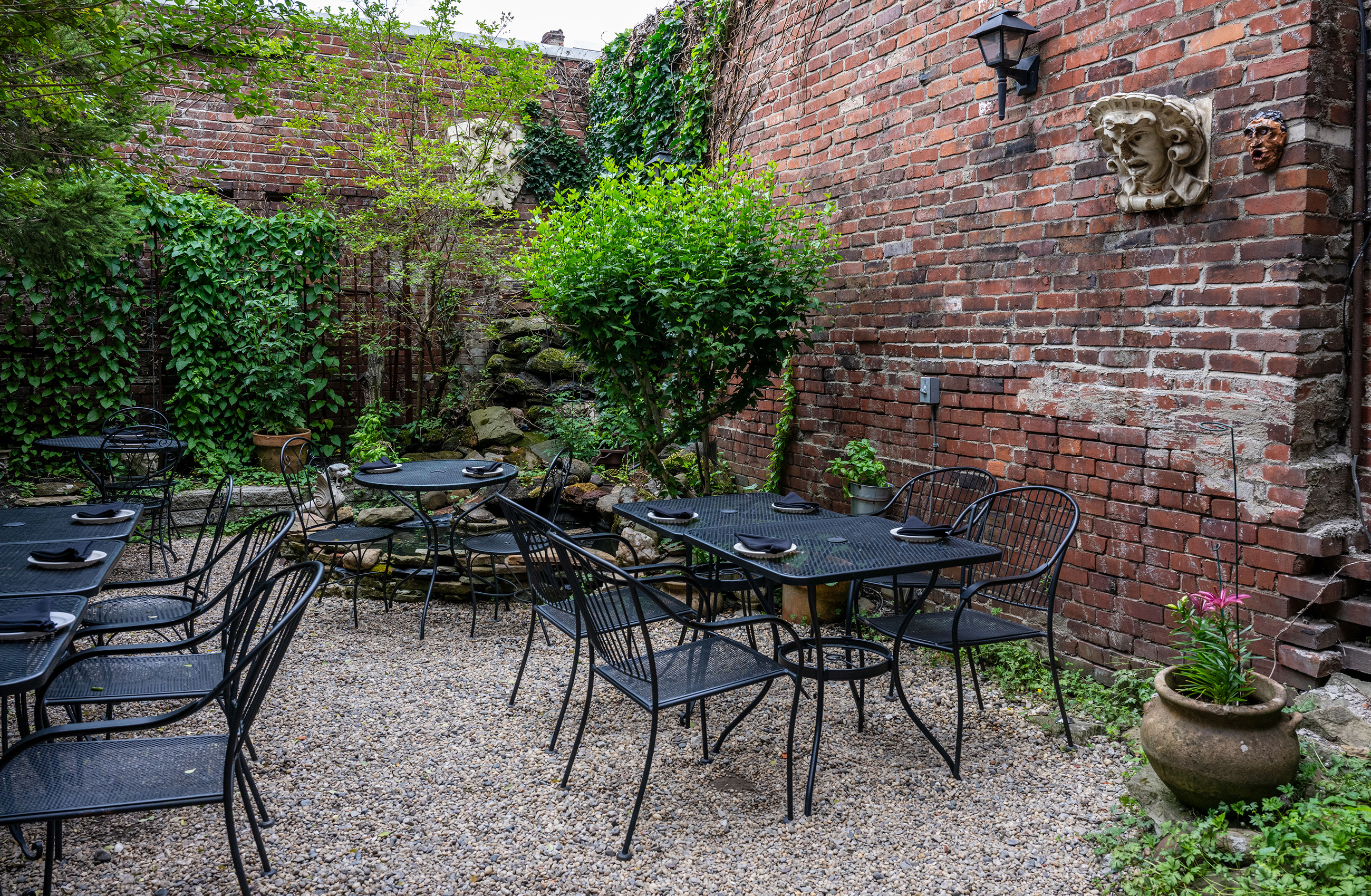
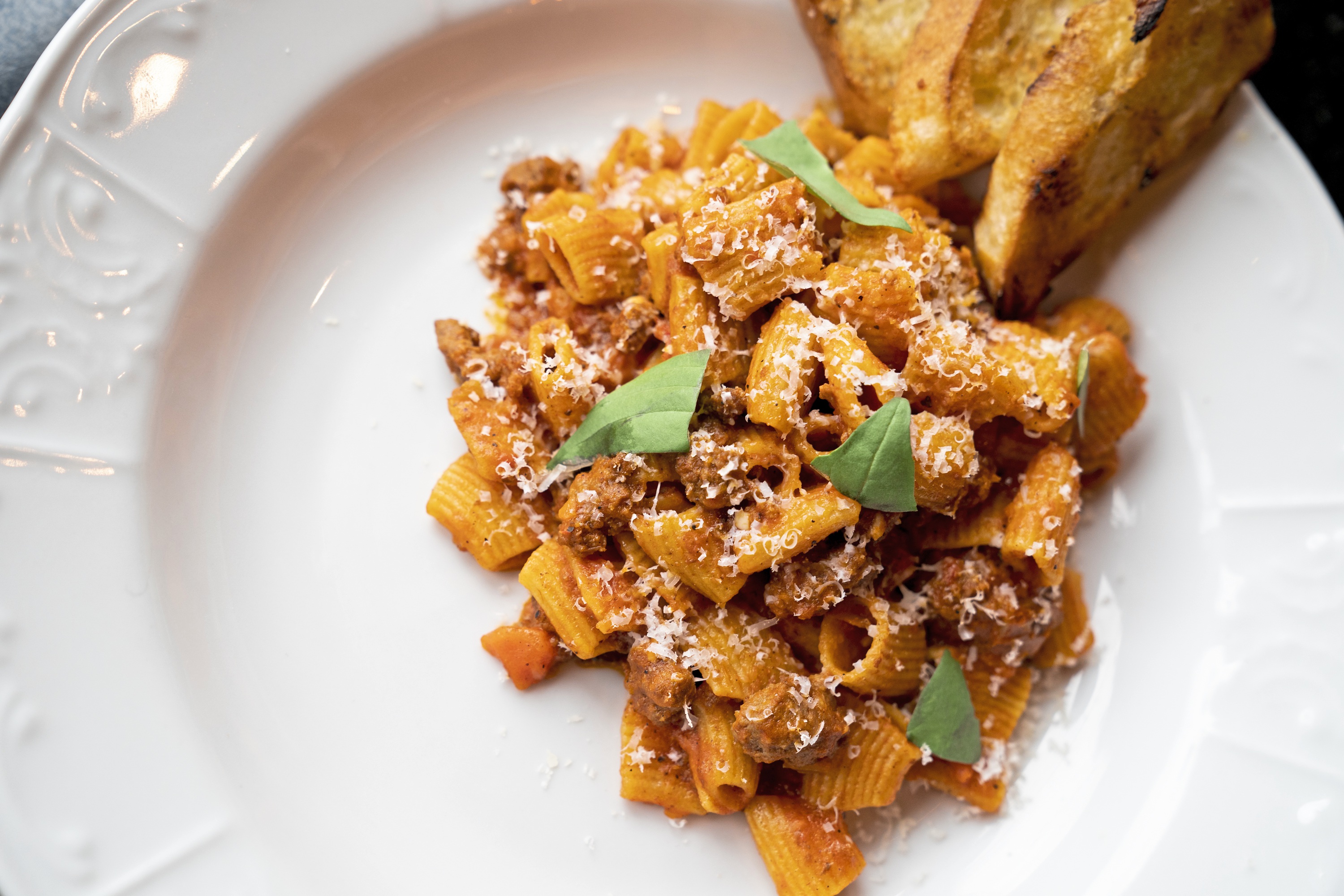
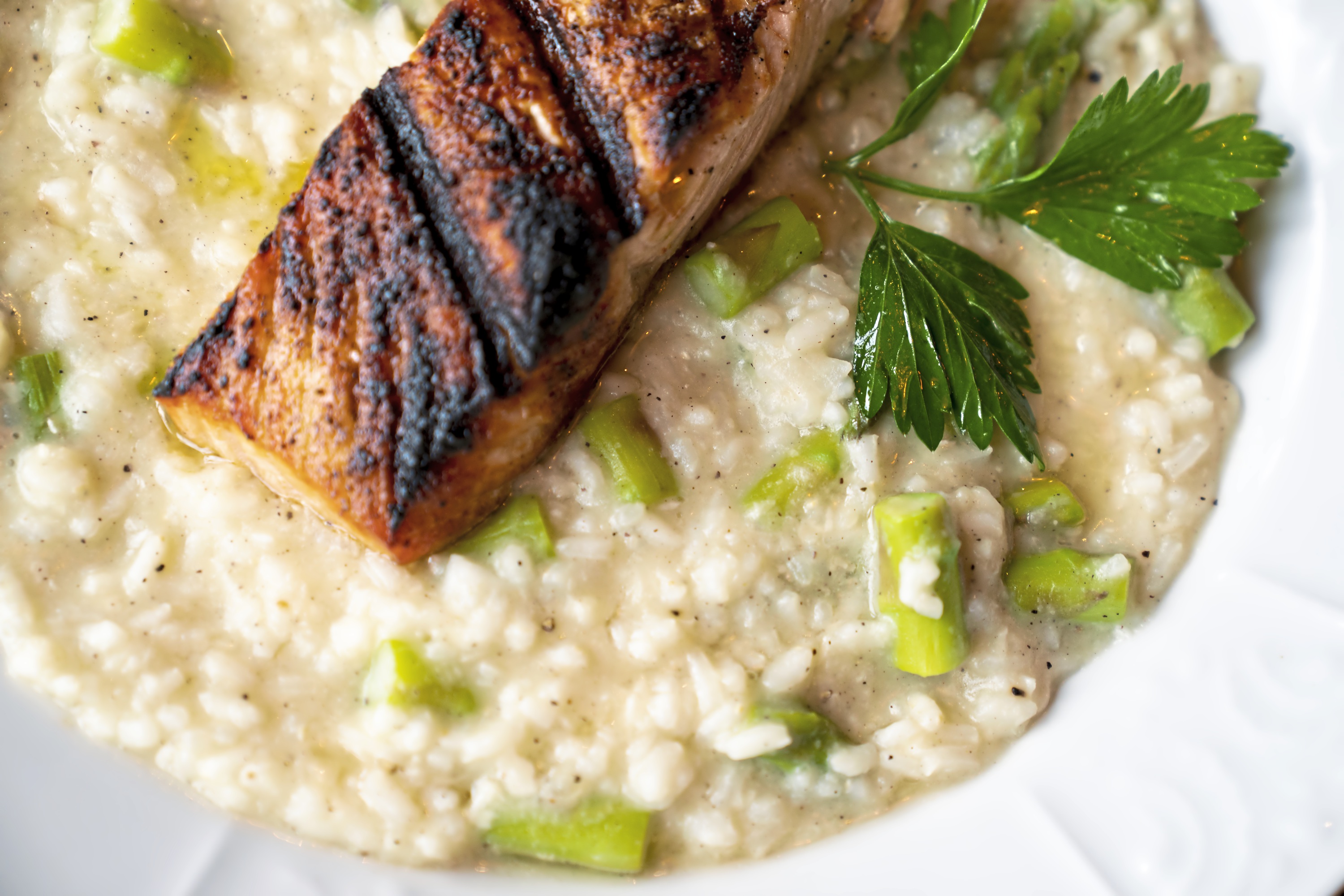
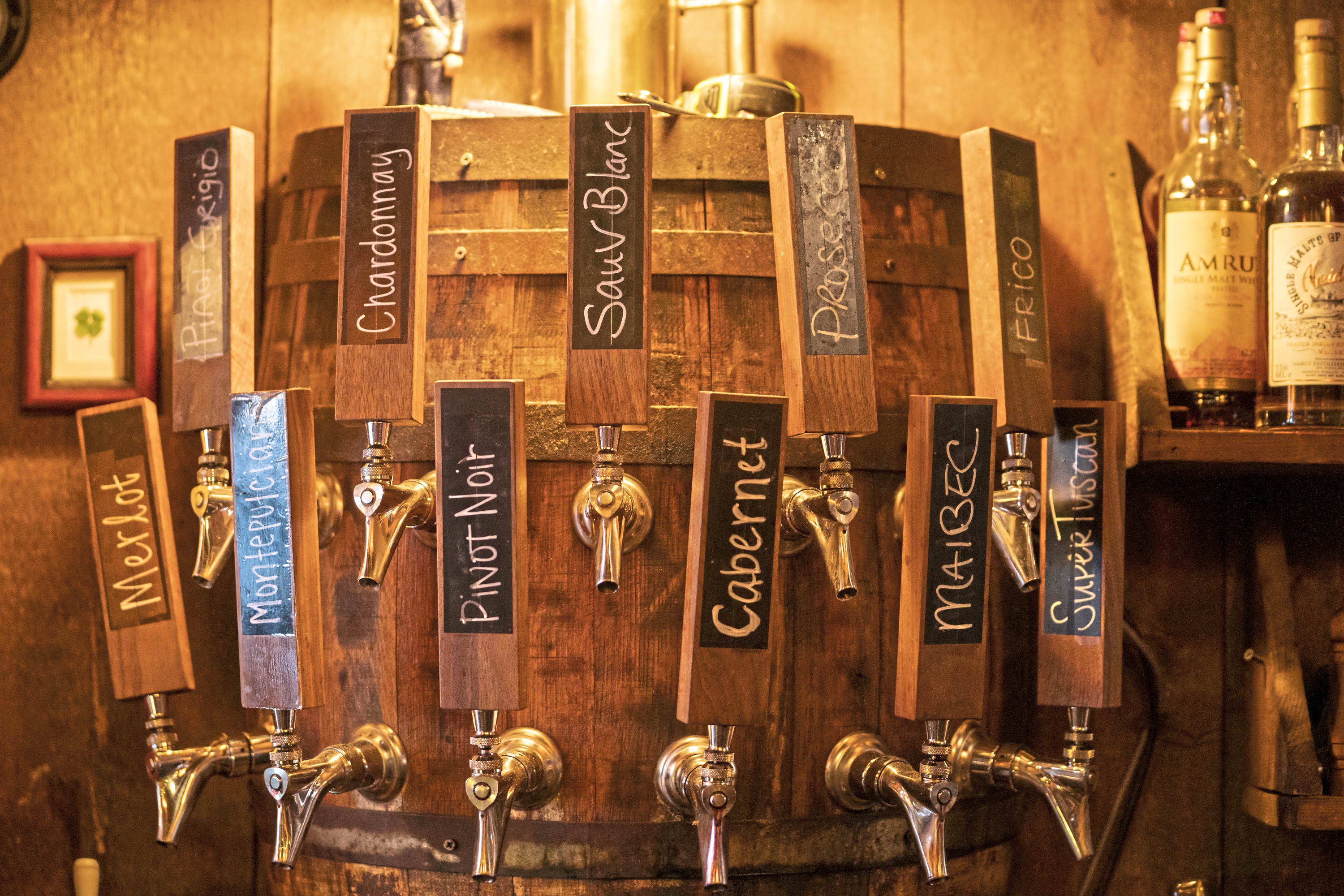
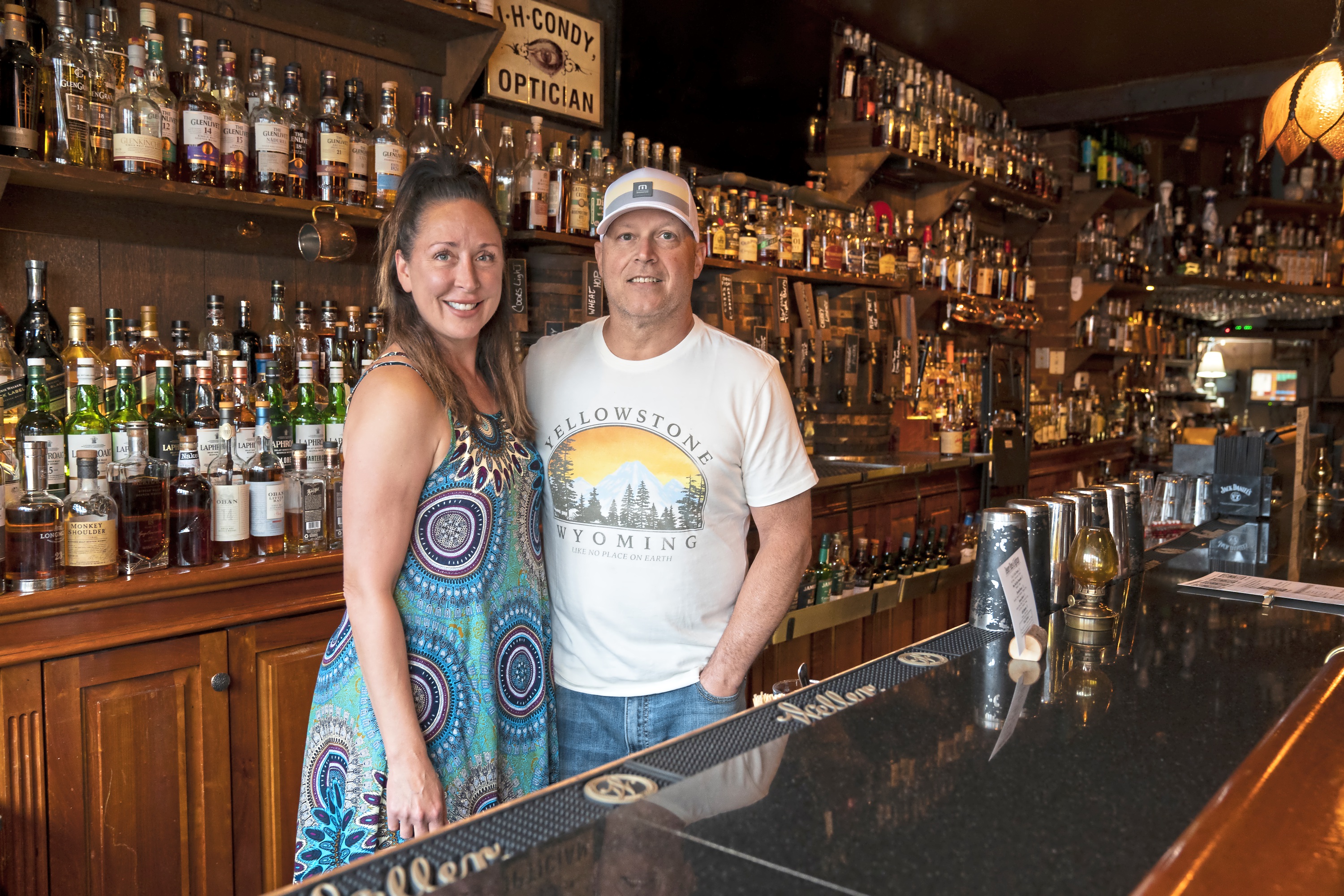



Carmella Salem, co-owner of Carmella’s Plates and Pints, is a fixture in central South Side nightlife. She took a job at neighborhood stalwart and Pittsburgh craft beer pioneer Fat Head’s just days after graduating from Point Park College (now university) in 1993 and hasn’t looked back.
She moved down the block to McArdle’s Pub for a few years, then managed the Halloween-themed Jekyll and Hyde for 15 years. That’s where she met Mike Alberter, who became her partner.
“And then I said, ‘Let’s open a restaurant,’ and we opened a restaurant together,” Salem says.
They opened Carmella’s Plates and Pints in 2014 in a historic building that had housed bars for decades. They refurbished the place into a quirky, charming and expansive bar and restaurant. I love the atmosphere at Carmella’s. The decor is “quirky lodge,” without being at all campy. The indoor fire pit is cozy (though I’d rather sit in the chairs surrounding it for a drink than a full meal).
The restaurant started off with a tilt toward the cheffy, molecular gastronomy approach that was trending at the time, but soon found its way into more of an everyone-can-enjoy-it neighborhood spot.
“It’s been a work in progress for 10 years. We’re always trying to be creative and improve. We’re very not stagnant people and if something becomes blasé from us, we try to change it,” Salem says.
The order: You’re here for a sense of neighborhood in the middle of a lot of hubbub. I love sitting in the whimsical dining room, but the bar seats are just as good. Indeed, few places on the South Side combine food and drink as well as Carmella’s. The whiskey and tequila lists are massive, with hard-to-find bottles spiking the menu.
The search is underway for a new executive chef, so Alberter is running the kitchen as of press time, something he has done from time to time over the years. The menu is seasonal and leans Italian, but offers a bit for just about everyone.
“We’ve gone through ebbs and flows with the kitchen. We’ve always wanted to put out a product that the guests were happy with and not cut corners,” Salem says.
Go for dishes such as Wagyu bolognese, with perfectly cooked pasta and a hearty sauce, and al dente risotto with a bright lemony flavor. That one is particularly tasty when topped with a medium-rare filet of salmon.
Sunday brunch, served from 11 a.m.-3 p.m., is terrific. There are heaping full plates, like Carmella’s Breakfast, with soft-scrambled eggs, sausage, peppered bacon, toast, jam, fresh fruit, waffles and tater tots, and lighter items like a frittata with cherry tomatoes and goat cheese, as well as a very good hamburger with white cheddar and burgundy onions.
1908 E Carson St.; carmellasplatesandpints.com
Hal B. Klein: hklein@post-gazette.com, Twitter @halbklein and IG @halbklein.
Ed Yozwick
Laura Malt Schneiderman
Advertisement
Advertisement